Abyde News Center
Stay informed with latest news and updates from the ever-changing world of HIPAA and OSHA Compliance.
- Home
- »
- News
- All Posts
- Abyde News
- Audits
- Best Practices
- Business Associates
- Cybersecurity
- Fines
- HIPAA
- Legislation
- OSHA
- Partner News

July 9, 2025 Handling a HIPAA investigation is stressful enough. Add a ransomware attack in the mix? A HIPAA...
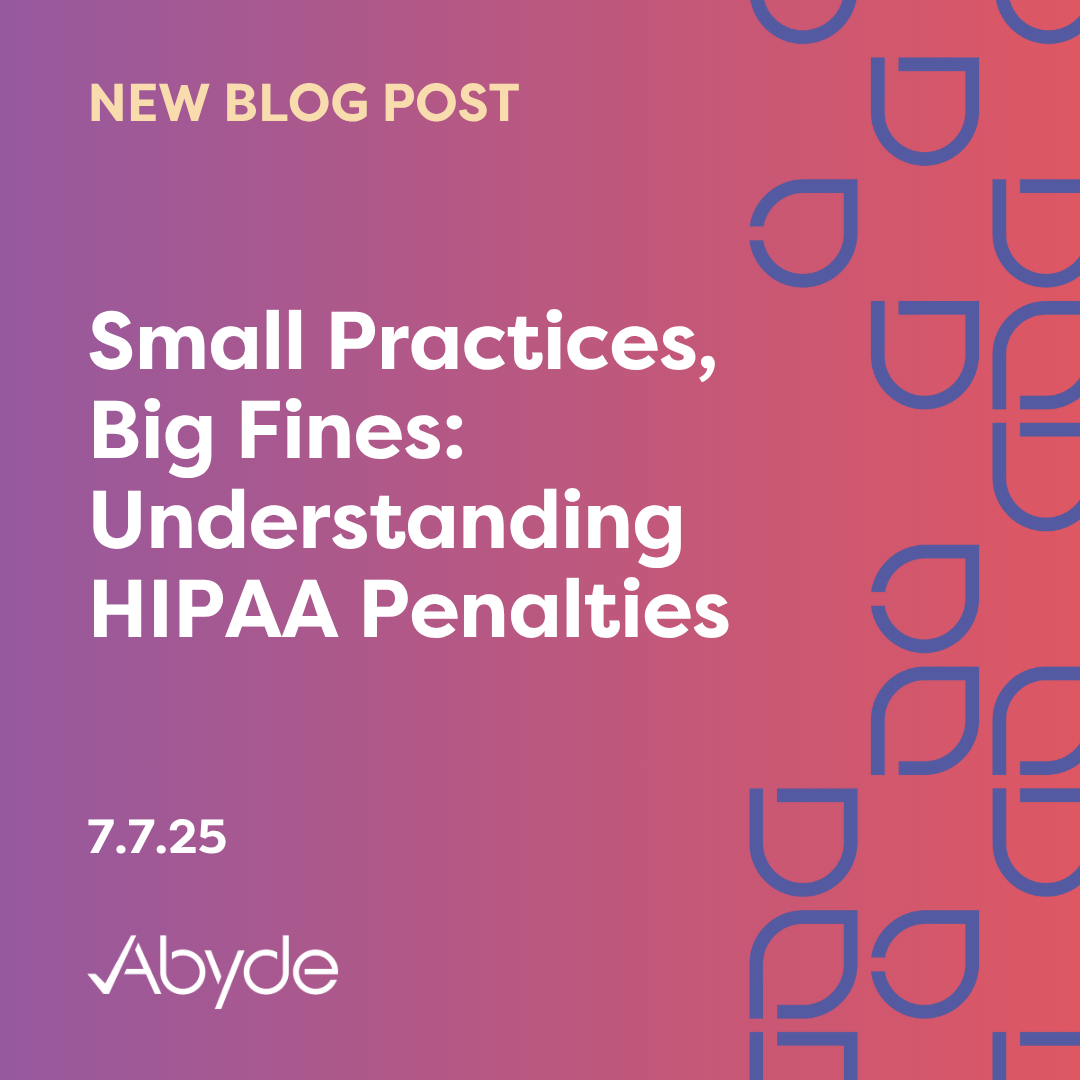
July 7, 2025 Did you know that over half of physicians work in small medical practices with 10 or fewer physicians? ...

July 3, 2025 In chiropractic healthcare, staying aligned with regulations is key. While some might consider Chiropractic medicine an alternative...

July 1, 2025 HIPAA violations are not skin-deep. Dermatology practices, like all healthcare practices, are subject to HIPAA legislation....
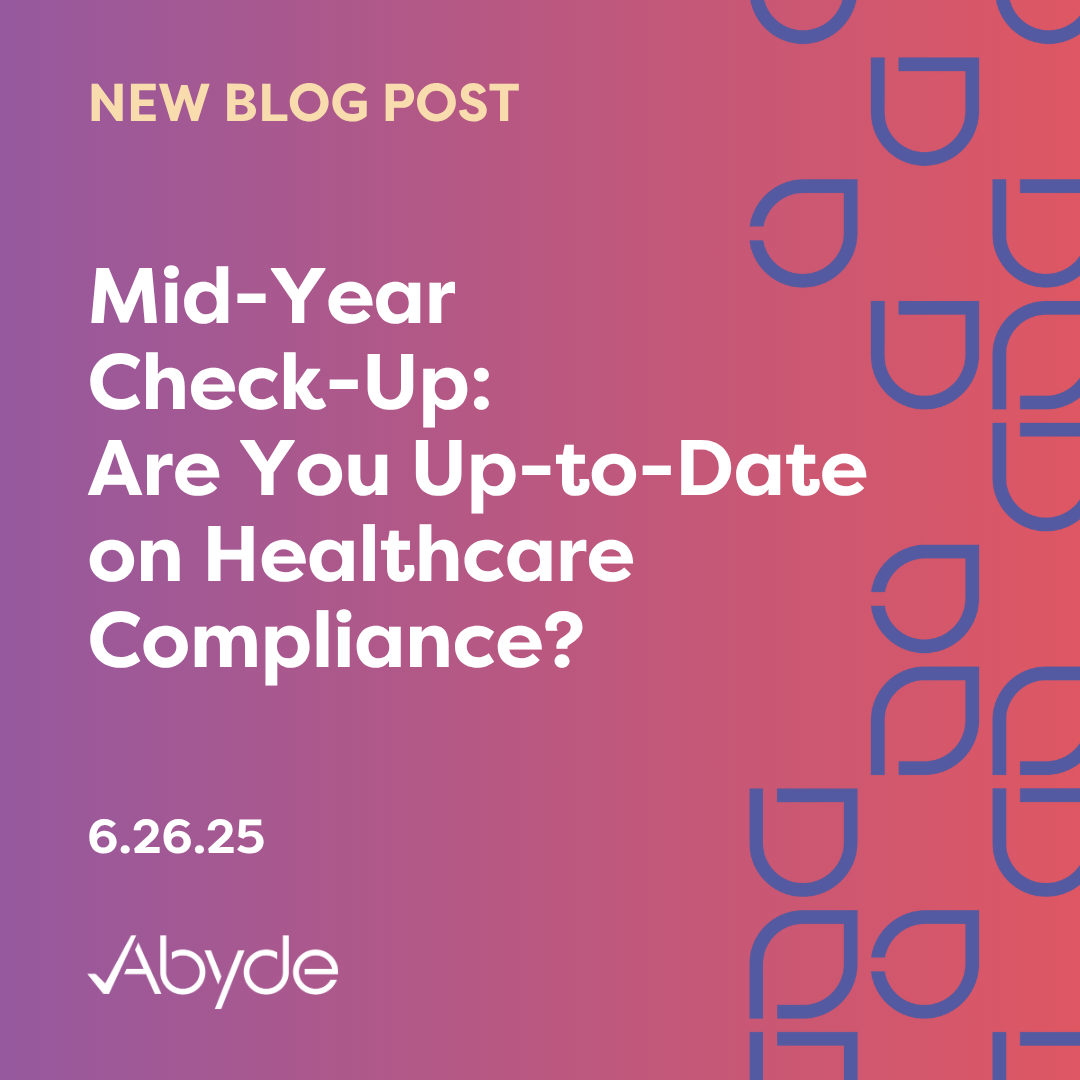
June 26, 2025 Healthcare compliance is an ever-evolving landscape, with new initiatives and updates announced to better protect patients...

June 19, 2025 The success of your practice hinges on the safety of your staff. When staff feel unsafe, OSHA...

June 12, 2025 While working in a dermatology office might have you focused on taking care of your patients’...
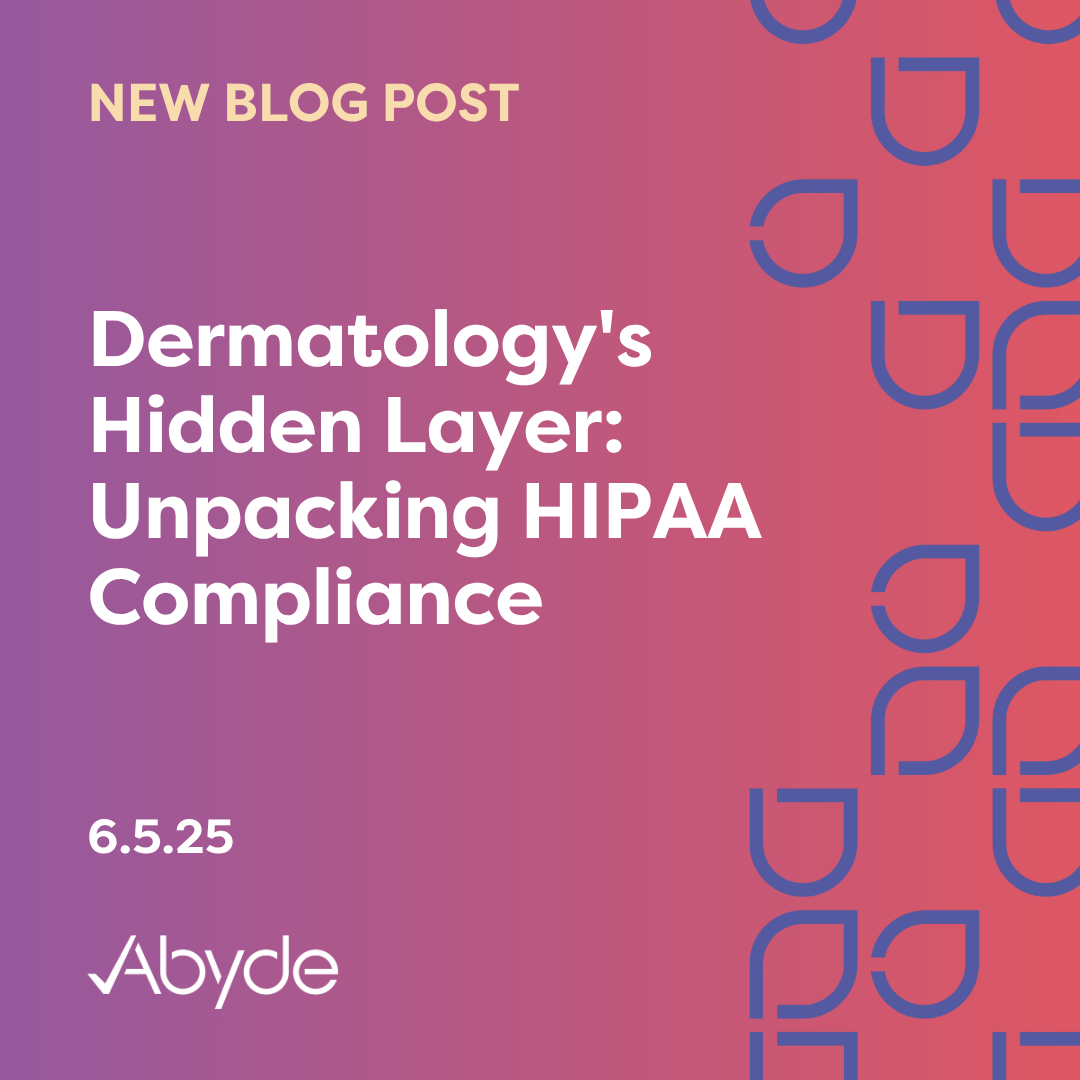
June 5, 2025 When ensuring your patients have clear, healthy skin, you might not realize the thorough administrative requirements...
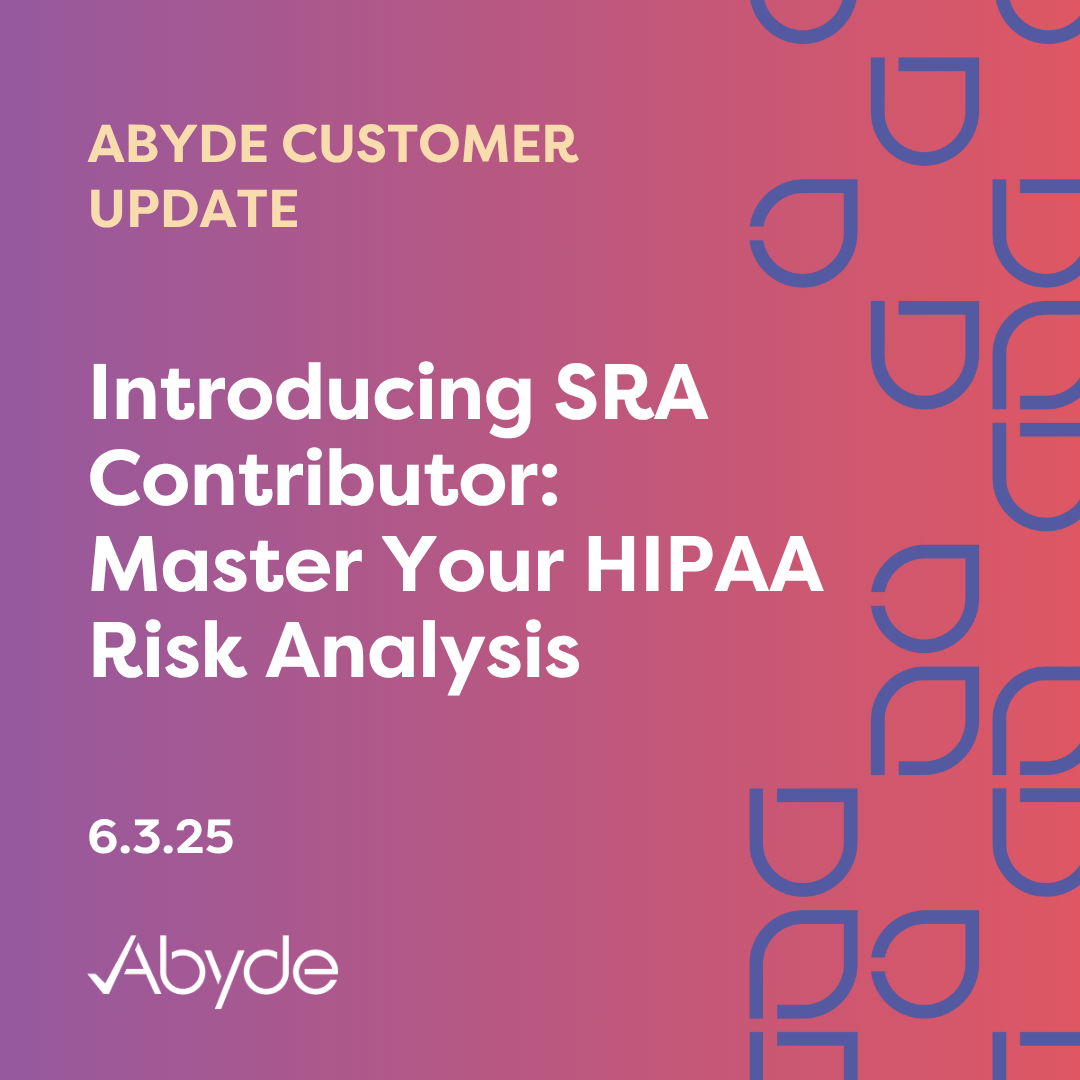
June 3, 2025 Have you ever been stumped by a HIPAA Security Risk Analysis (SRA) question because you didn’t know...
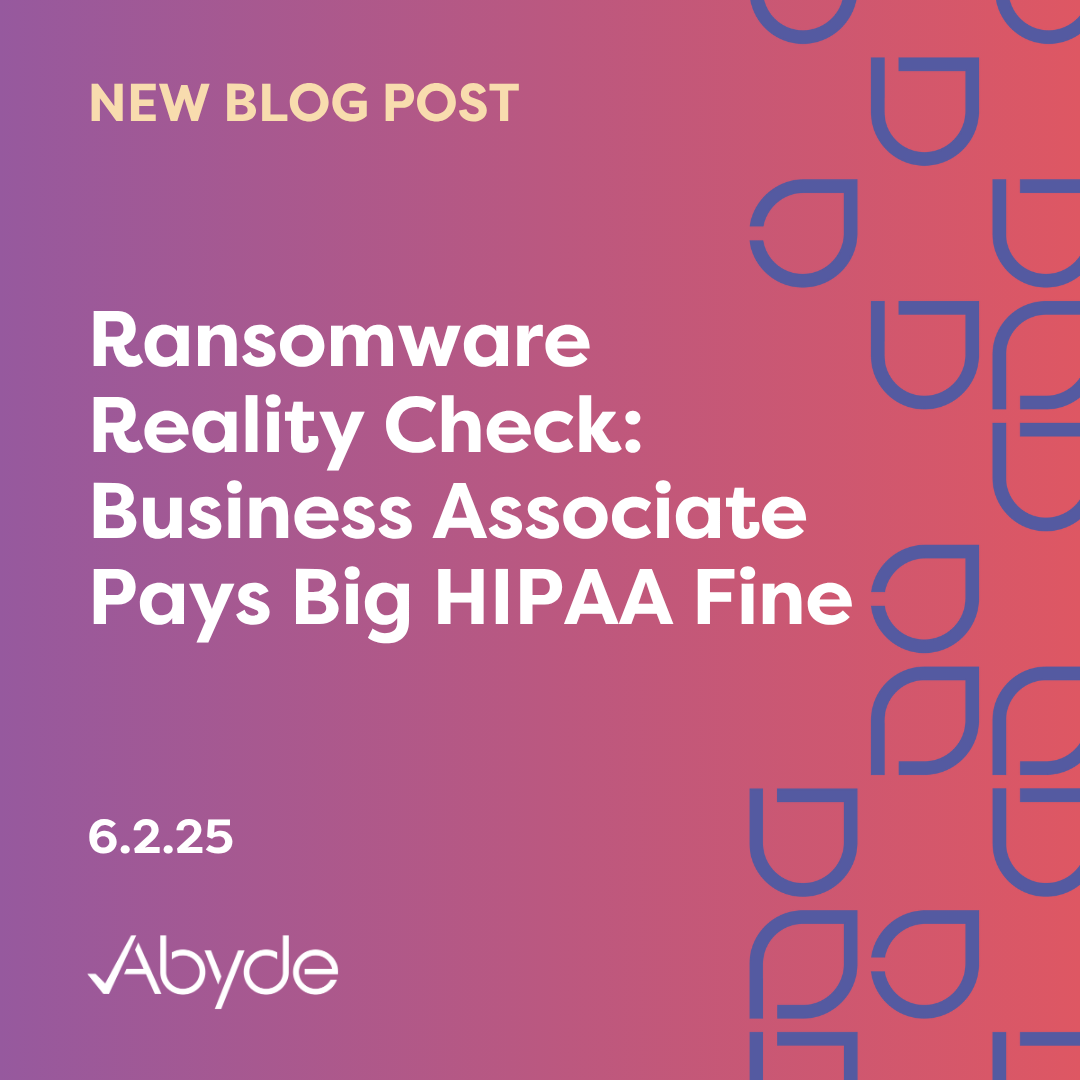
6/2/2025 Did you know Business Associates (BAs) are at risk for ransomware attacks just as much as Covered Entities? ...

May 29, 2025 It’s been a pivotal year for healthcare compliance. The largest ever healthcare data breach occurred at...

May 29, 2025 A successful practice is built upon a strong foundation of well-trained and aware staff. Protecting patient...
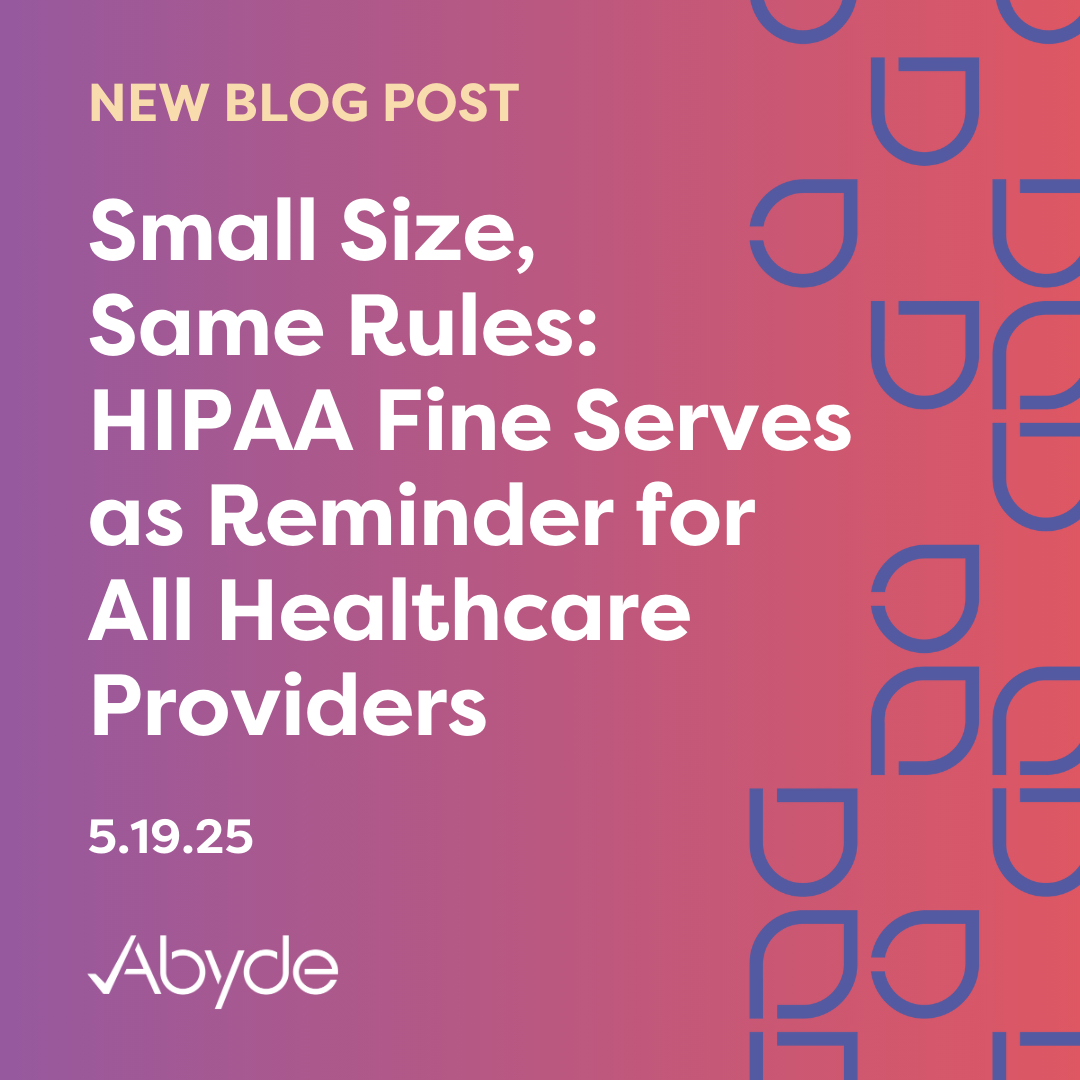
May 19, 2025 HIPAA compliance is not just a recommendation; it’s a requirement, no matter how small your organization...

May 15, 2025 On a global scale, more than 2 million healthcare workers experience needle-stick injuries on an annual basis. Dentists...
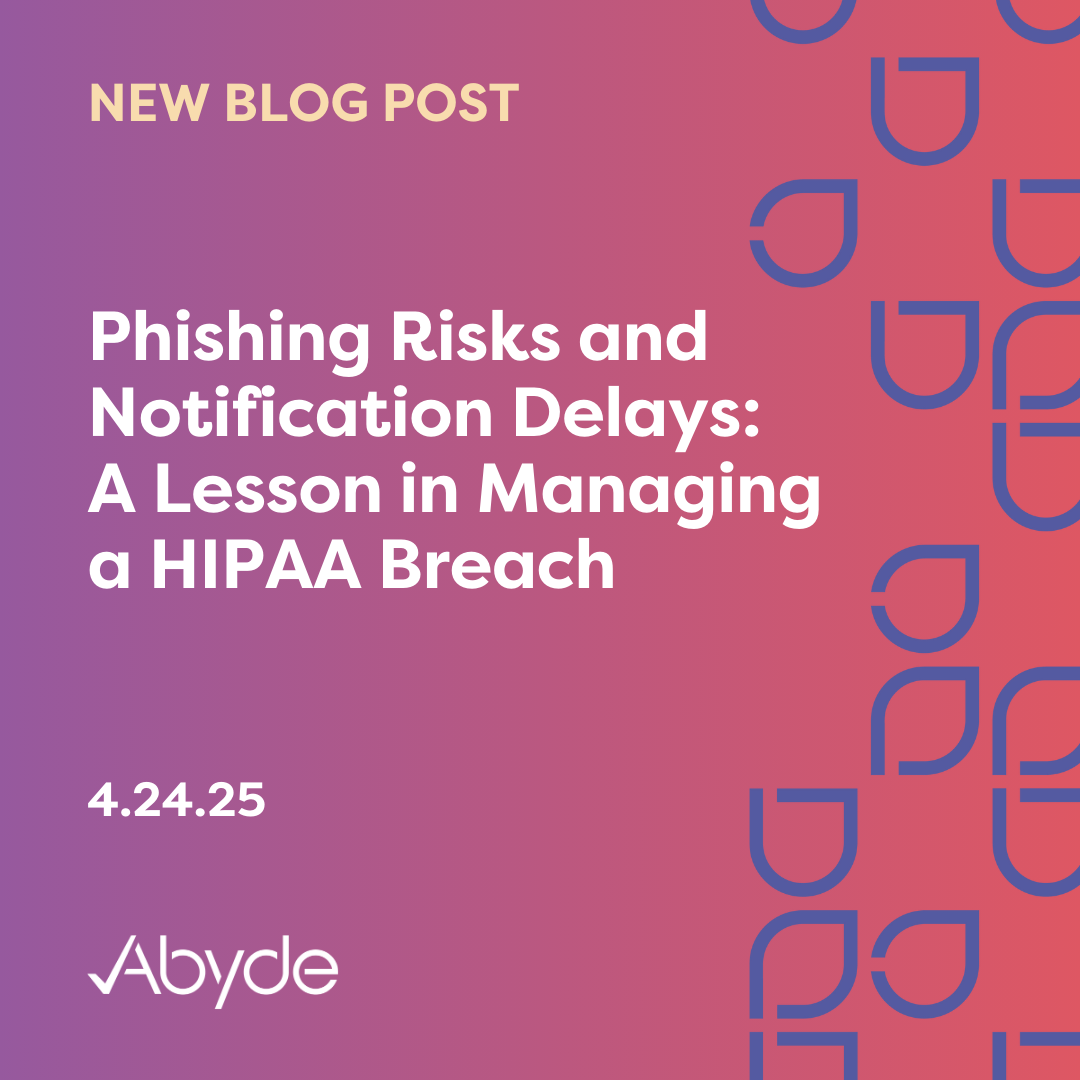
4.24.25 As we head into the middle of the year, it’s safe to say that the Office for Civil Rights...

April 17, 2025 Let’s make this clear: The Security Risk Analysis (SRA) is at the foundation of a compliant practice. The SRA...
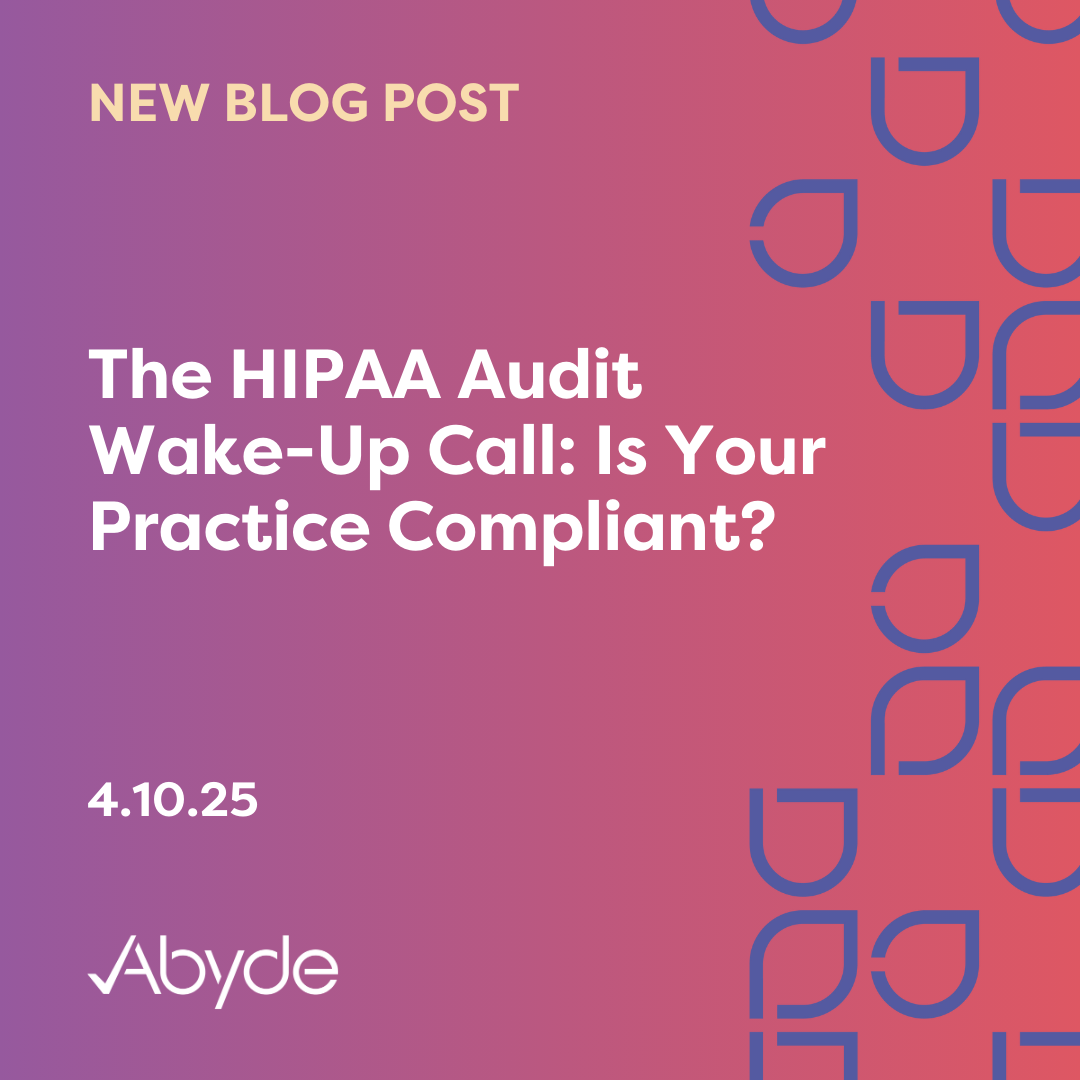
April 10, 2025 The HIPAA Audit program is back in business. Since the introduction of the Health Information Technology...
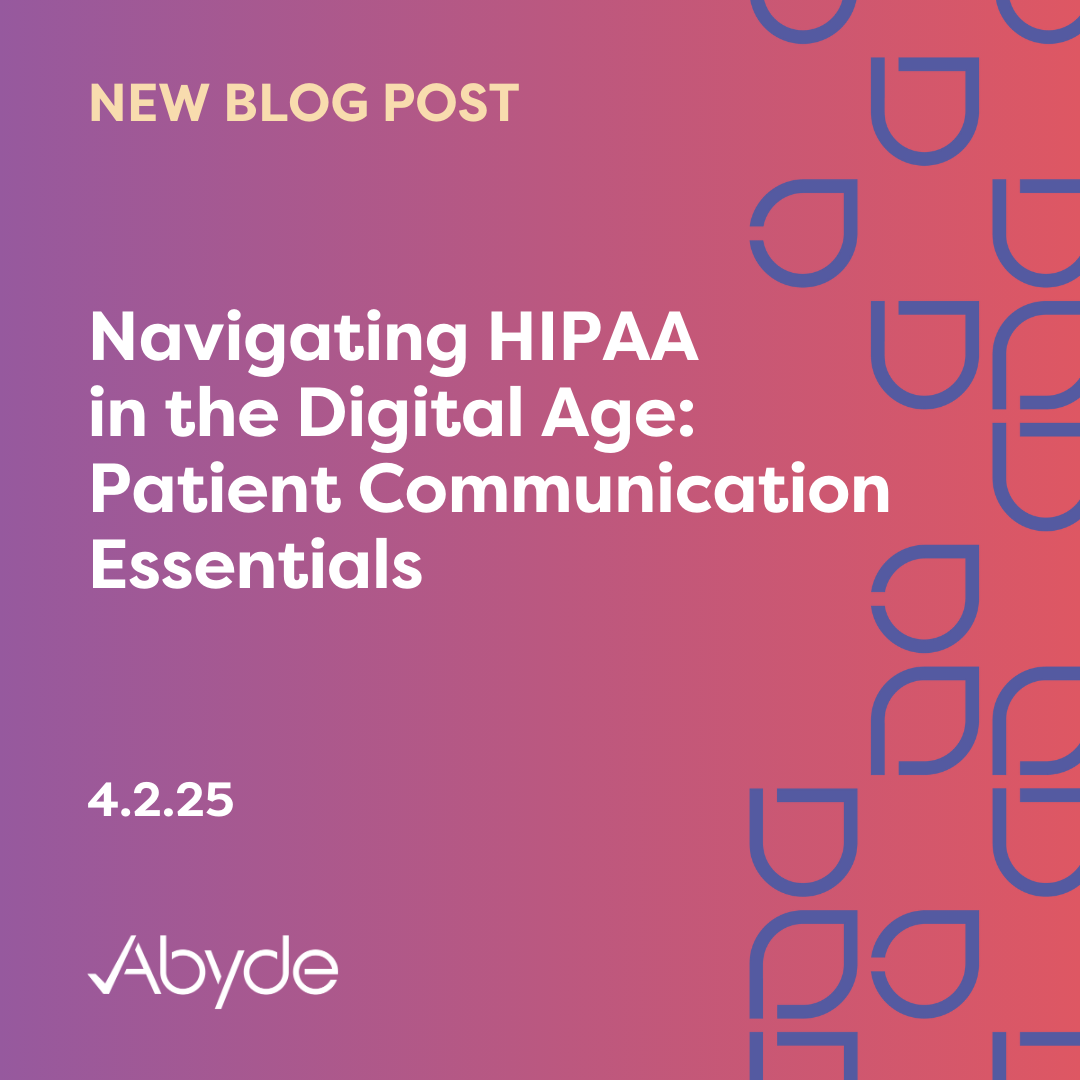
April 2, 2025 When 80% of patients prefer digital communication, exploring this opportunity to better serve your patients is crucial....
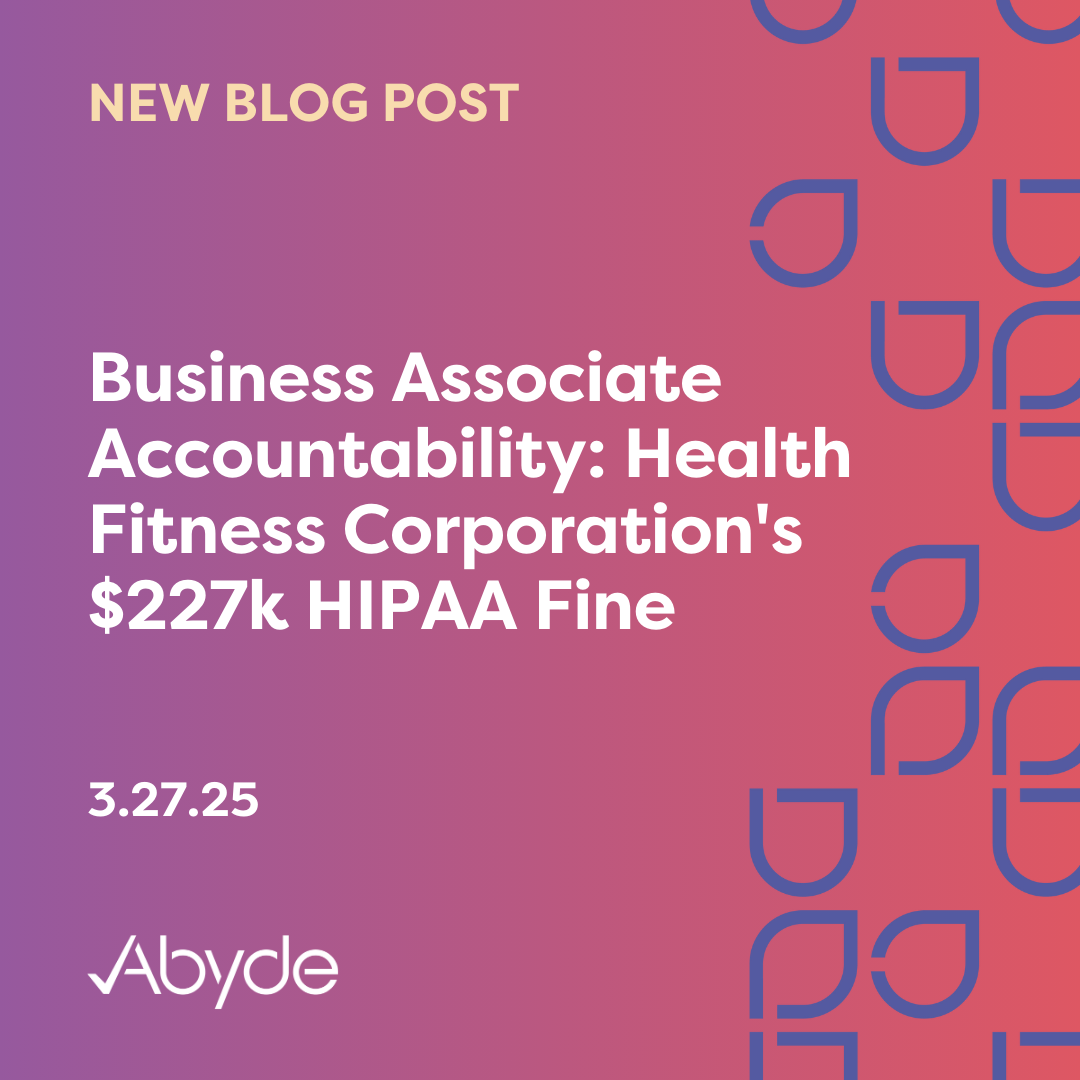
March 27, 2025 With over $3.5 million of fines levied against Business Associates (BAs) so far in 2025, it’s fair...
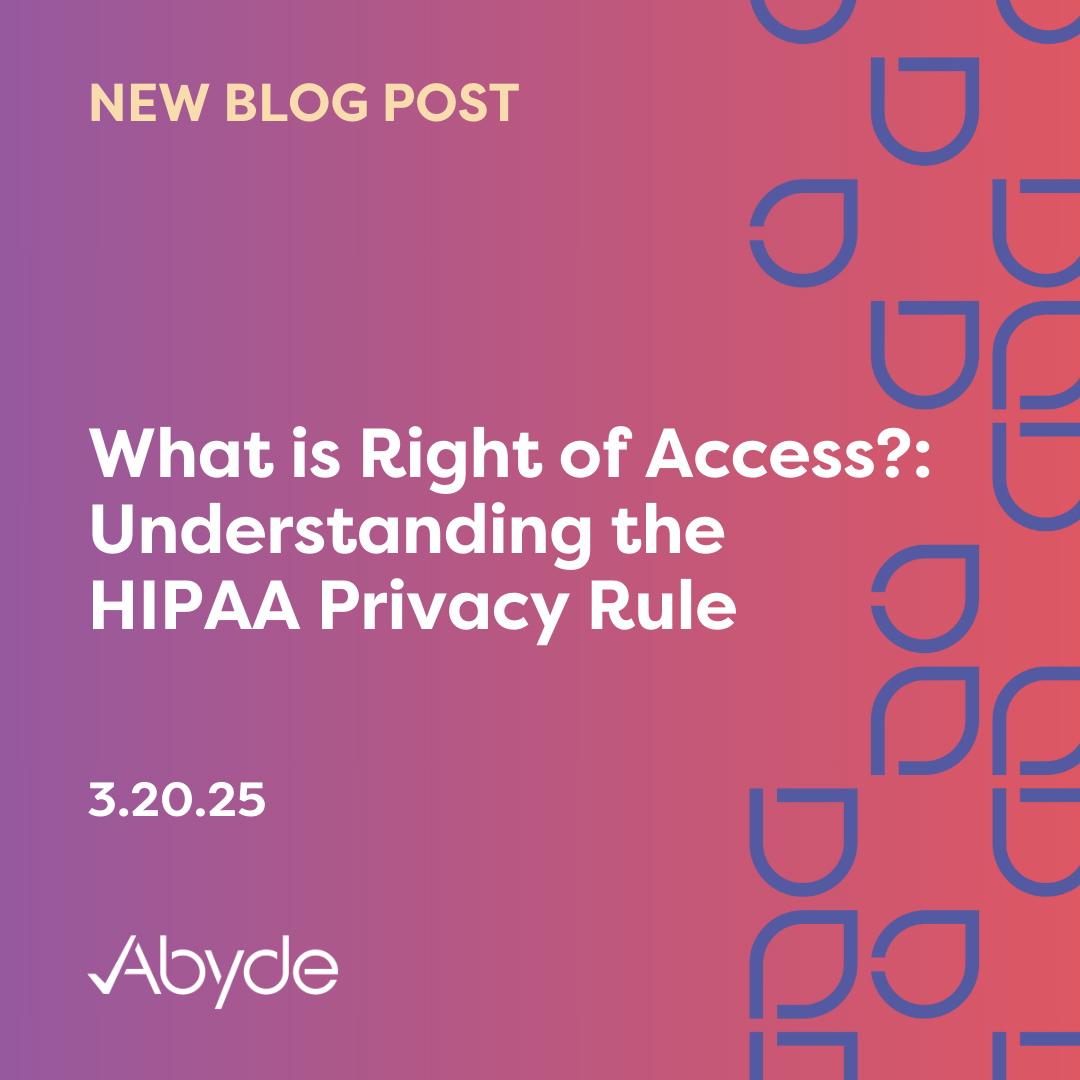
March 20, 2025 HIPAA is often misunderstood as only addressing the security of medical information. However, it encompasses more...

March 17, 2025 Getting a HIPAA investigation letter can be overwhelming, but your practice can successfully navigate the process with...

March 13, 2025 Oregon Health & Science University (OHSU), an academic research institution with public health centers, is the latest...
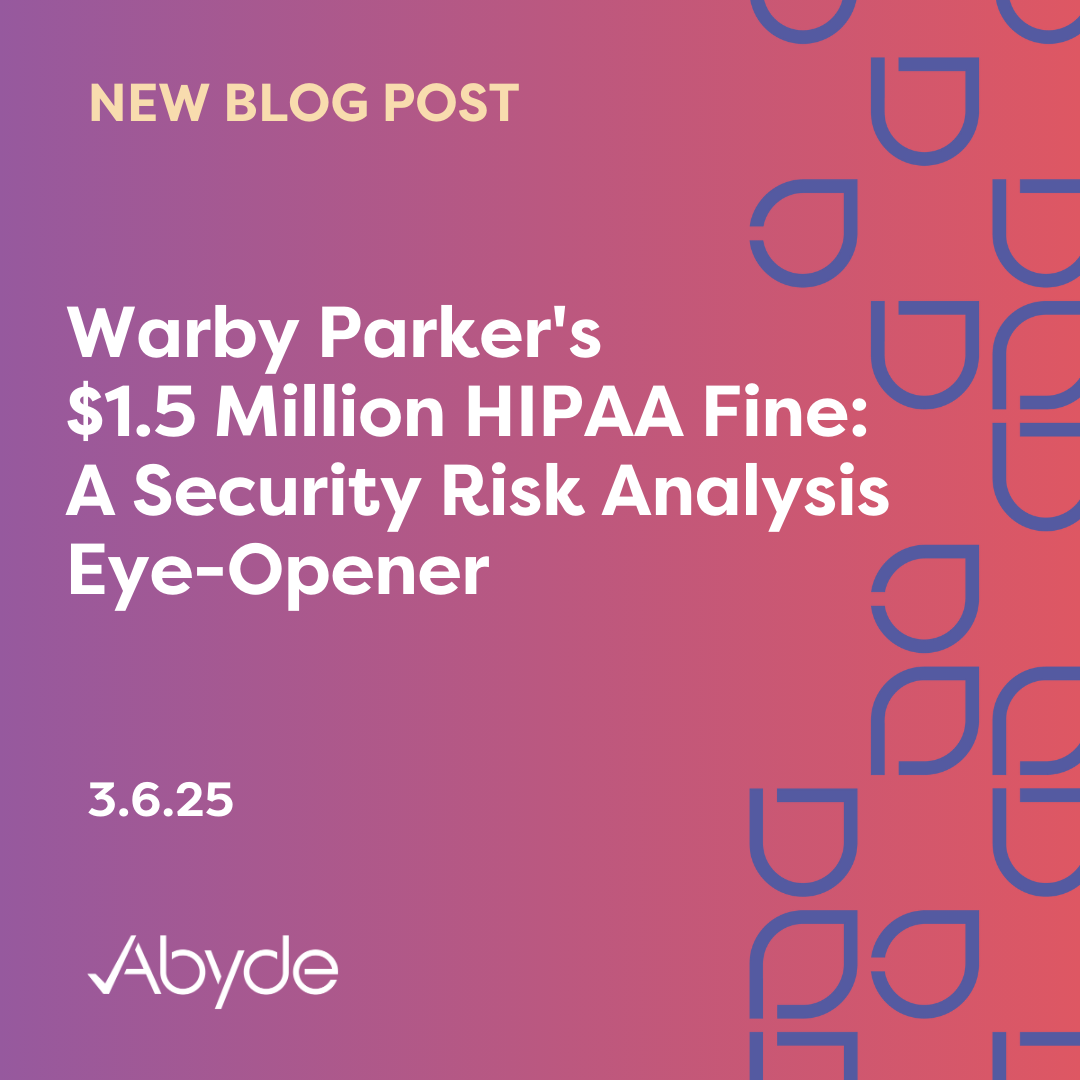
March 6, 2025 Warby Parker, the popular prescription eyewear retailer with a strong online presence and expanding physical stores, was...
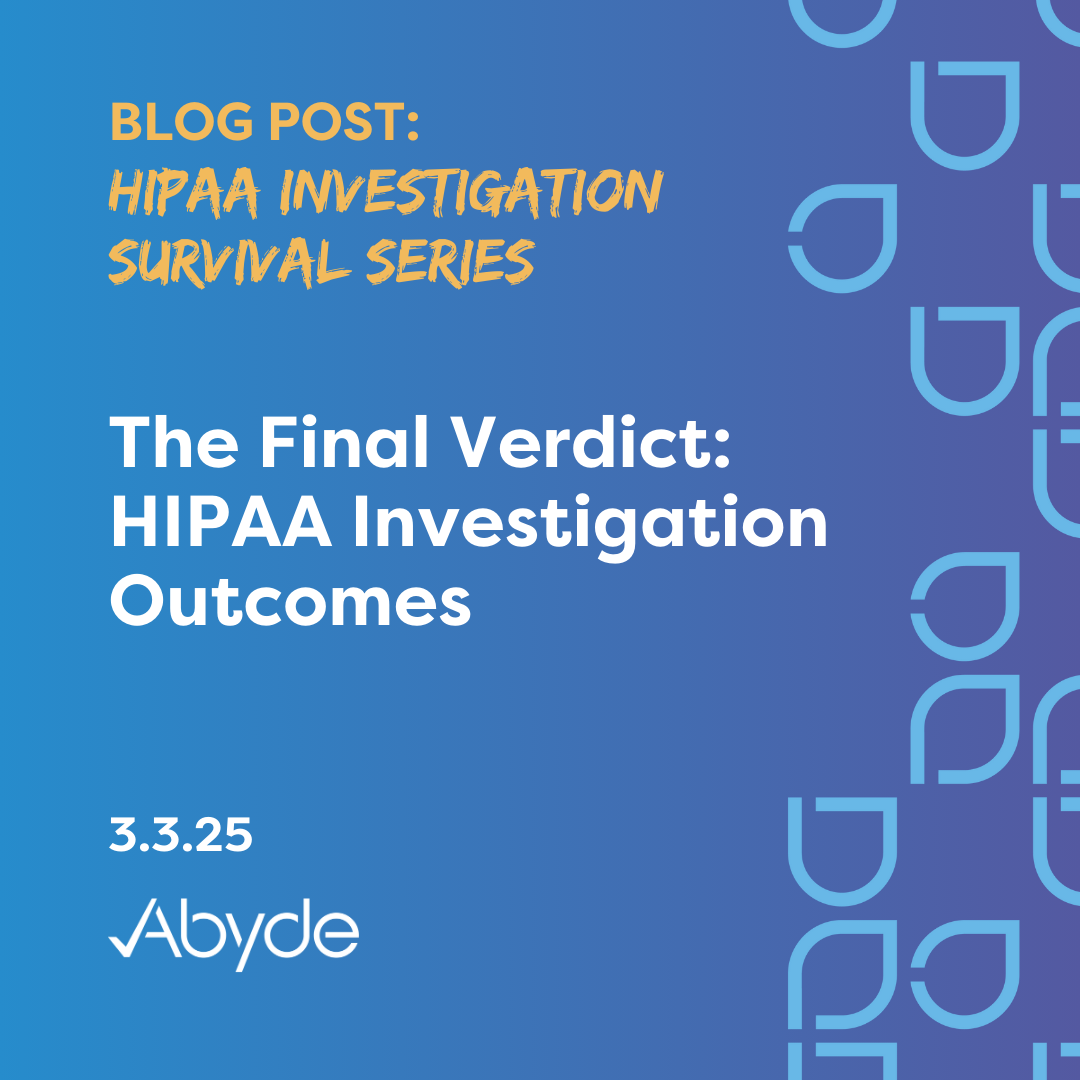
March 3, 2025 Welcome to the fourth and final installment of Abyde’s HIPAA Investigation Survival Series. We’ve already reviewed...
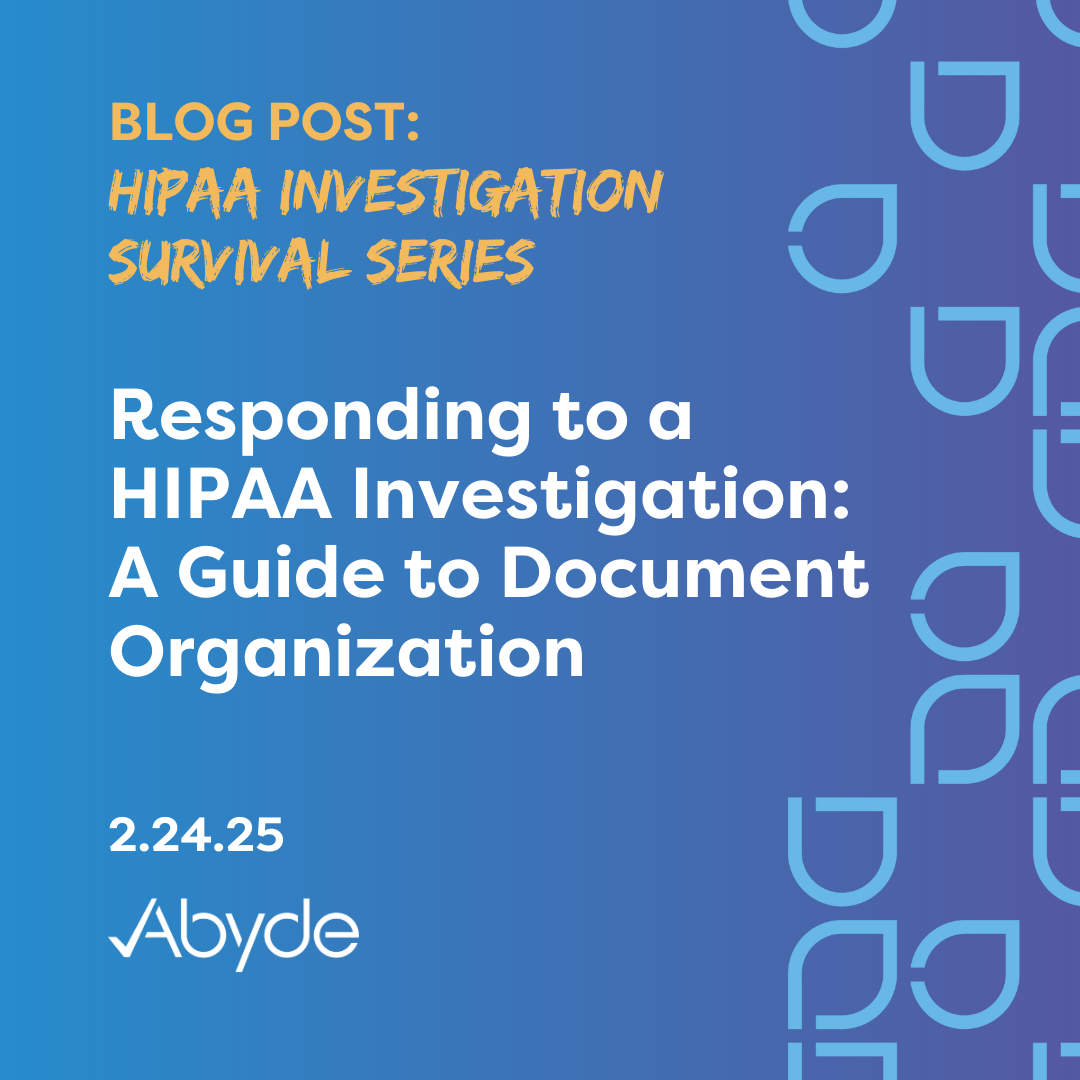
February 24, 2025 Welcome to the third installment of Abyde’s HIPAA Investigation Survival Series. We’ve reviewed the initial breach and the letter itself,...
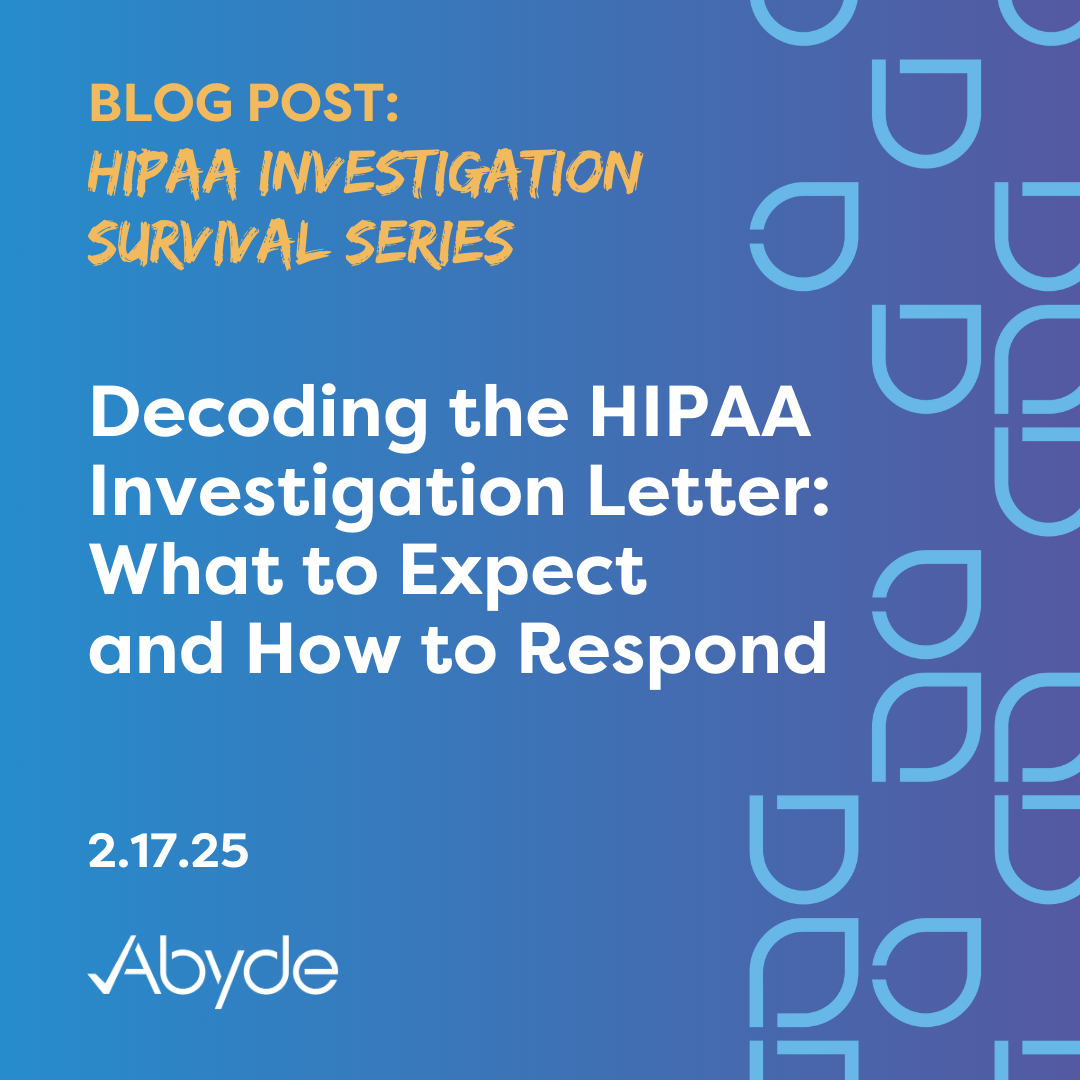
February 17, 2025 Welcome to the second installment of Abyde’s HIPAA Investigation Survival Series. We’ve reviewed the initial breach, which usually...

February 10, 2025 Welcome to Abyde’s HIPAA Investigation Survival Series. HIPAA investigations can last for years, making it one of...

February 6, 2025 Running your eye care practice presents a unique set of challenges. From patient care to handling intricate...
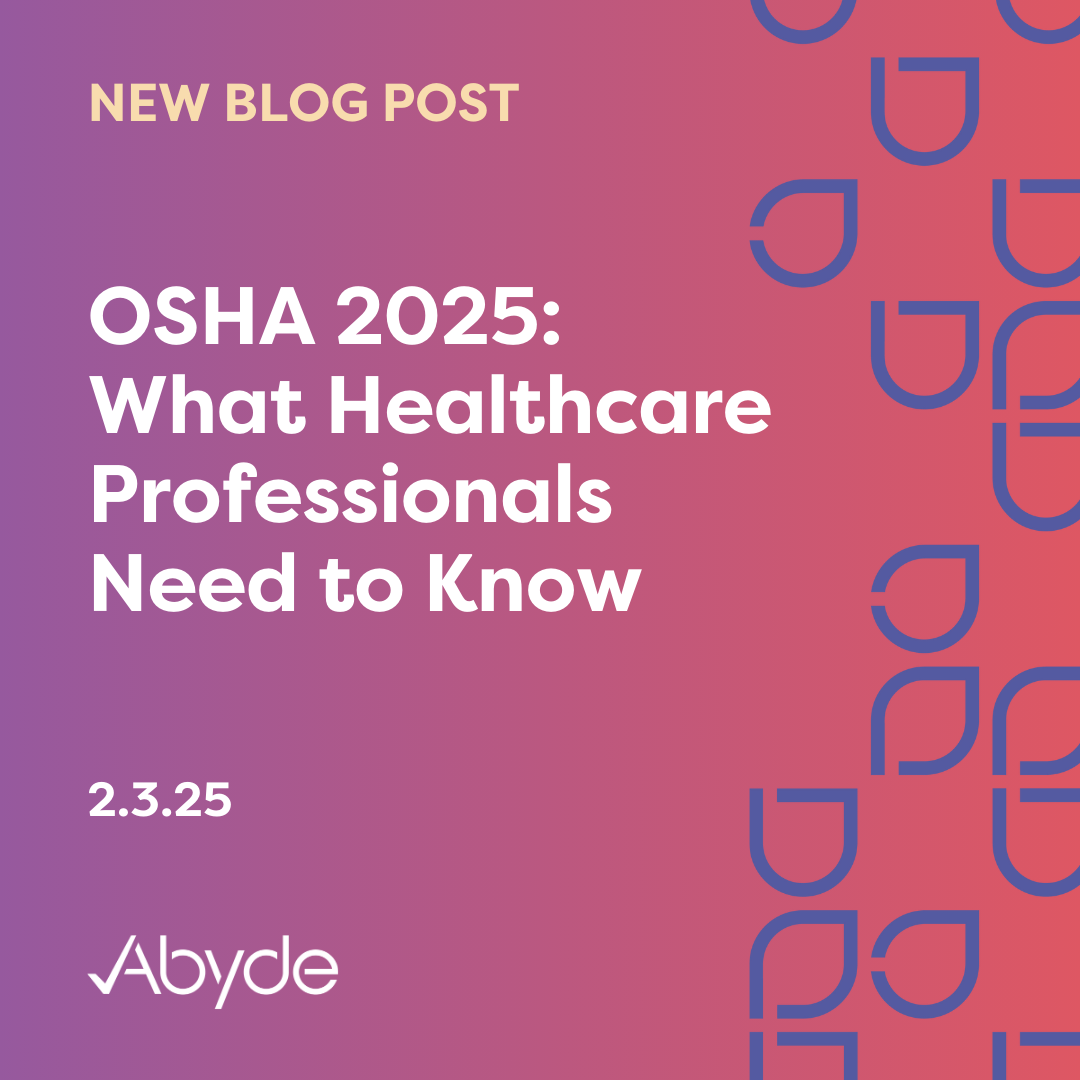
February 3, 2025 We’ve already seen that 2025 will be a year of major healthcare compliance changes, with the OCR...
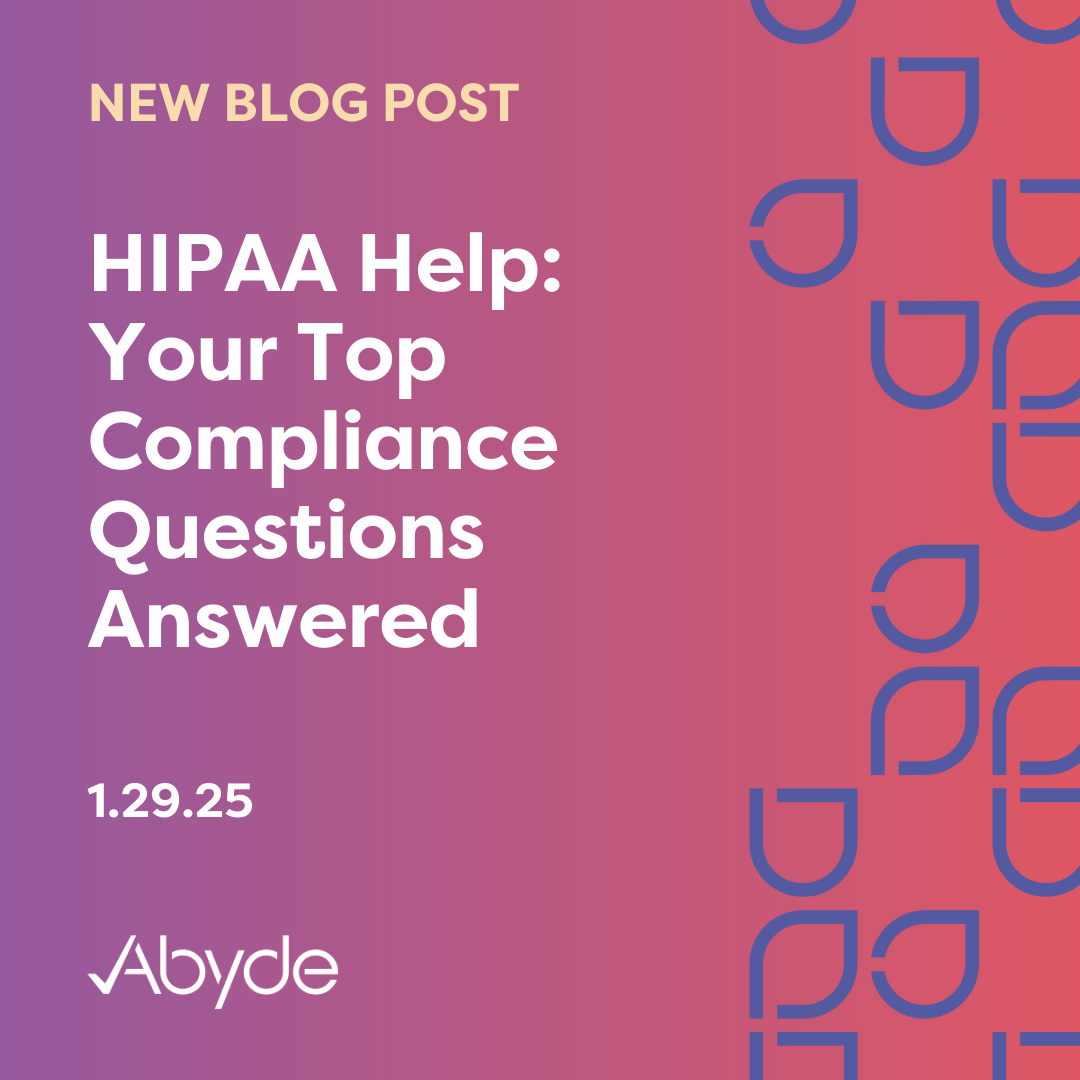
January 29, 2025 Managing HIPAA compliance for your practice can be challenging. Given the overwhelming number of laws, requirements, and...
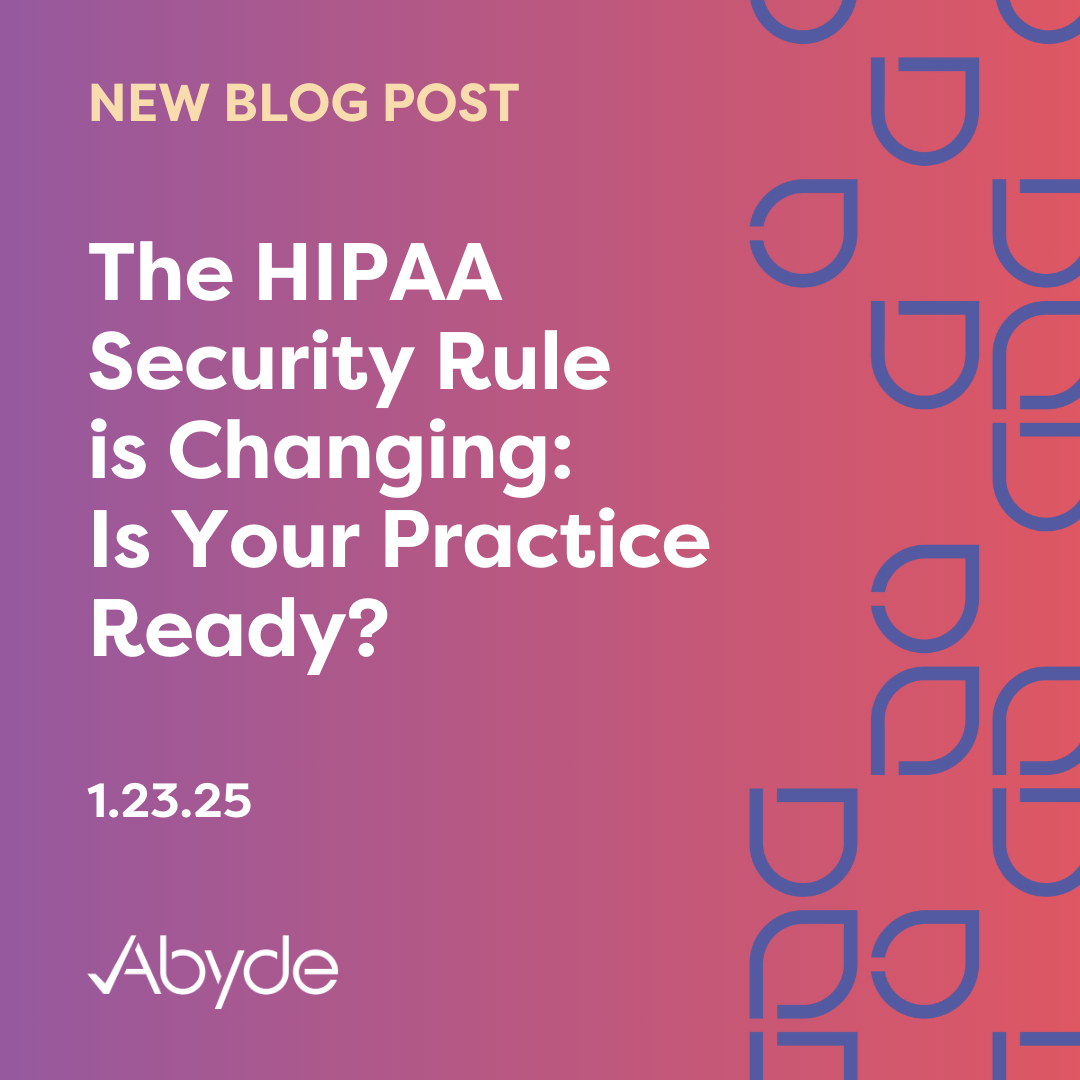
January 23, 2025 The HIPAA Security Rule went into effect in 2003, and it’s an understatement to say that technology...

TALLAHASSEE, Fla. – Abyde, headquartered in Clearwater, FL, has earned a spot on the prestigious 2025 Seminole 100 list, ranking...

January 8, 2025 As we ring in the new year, it’s important to remember that Business Associates (BAs) are just...
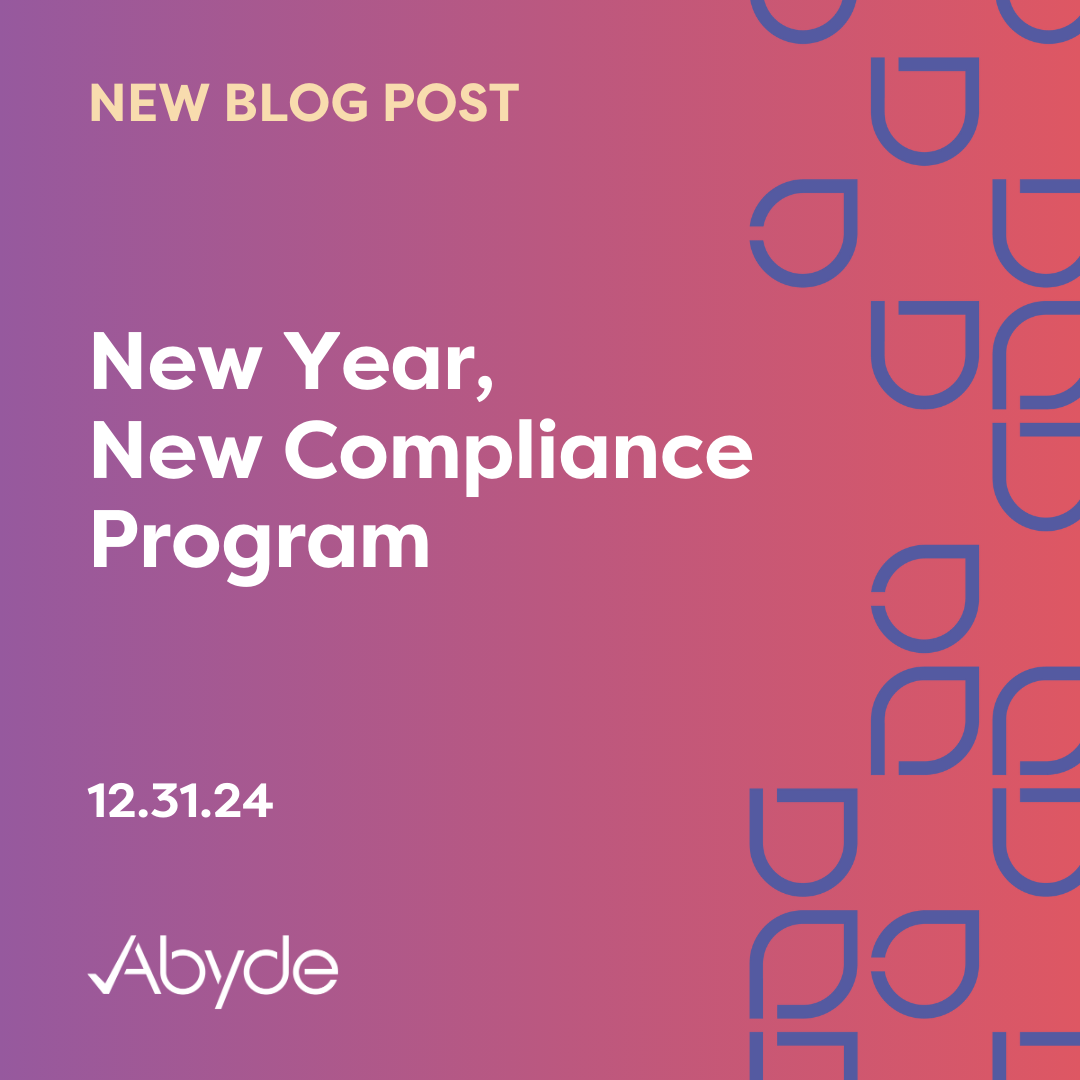
December 31, 2024 After a year of record-breaking breaches and fines in 2024, starting the new year with your HIPAA...

December 17, 2024 Keeping all locations in line with HIPAA regulations can be quite a challenge, especially when managing a...

December 4, 2024 As a healthcare provider, tackling your daily to-do list probably feels like running a marathon without a...
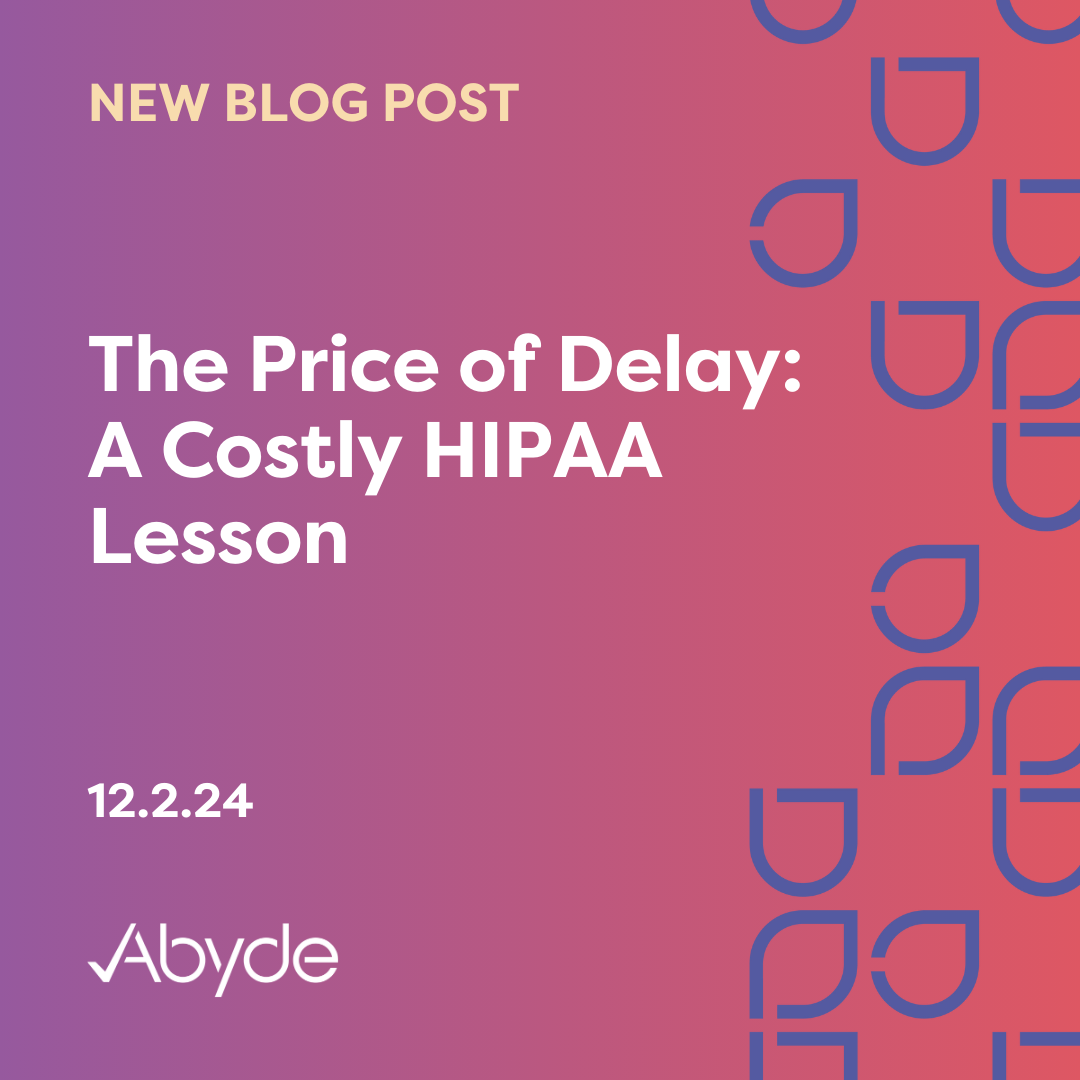
December 2, 2024 Over a million dollars in HIPAA fines have been levied in the past few months, and like...

November 19, 2024 Did you know that the average cost of a healthcare data breach is $9.77 million? When HIPAA investigations...

November 7, 2024 Healthcare practices felt quite a scare on Halloween, with over half a million dollars in fines levied...
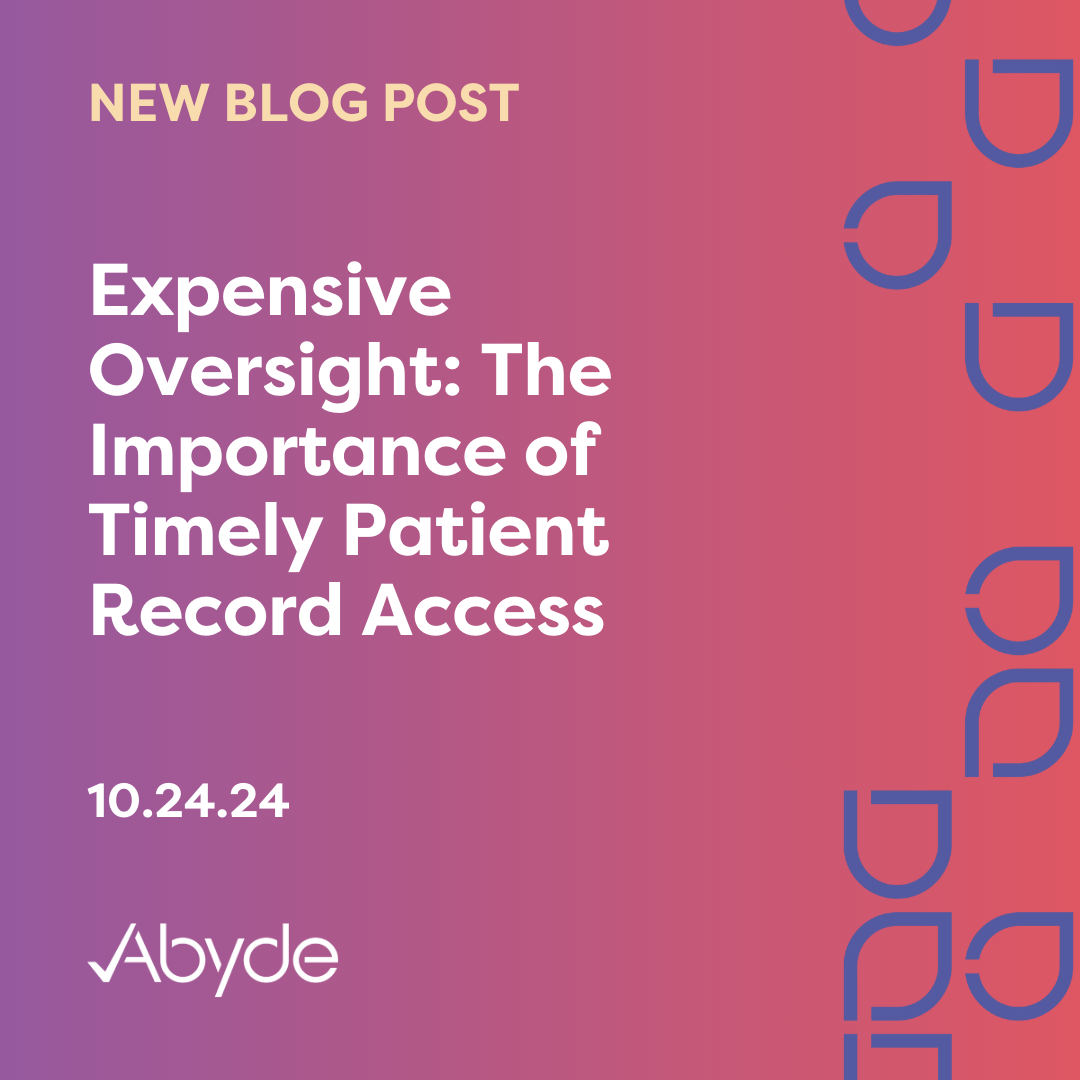
October 24, 2024 There has been a flurry of HIPAA fines in the past few weeks, with over half a...
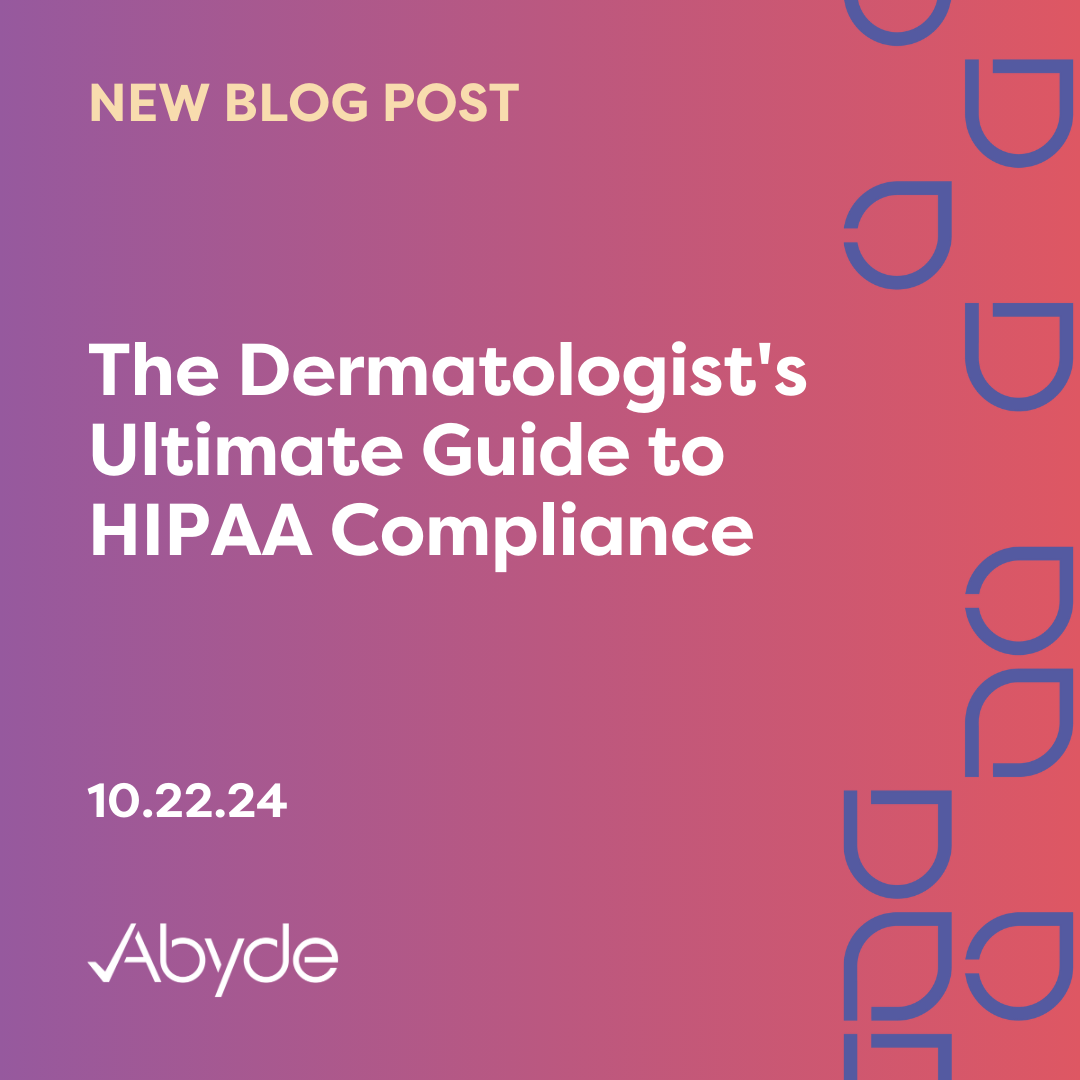
October 22, 2024 Did you know that a dermatology center was fined over $300,000 for violating HIPAA? HIPAA compliance is...
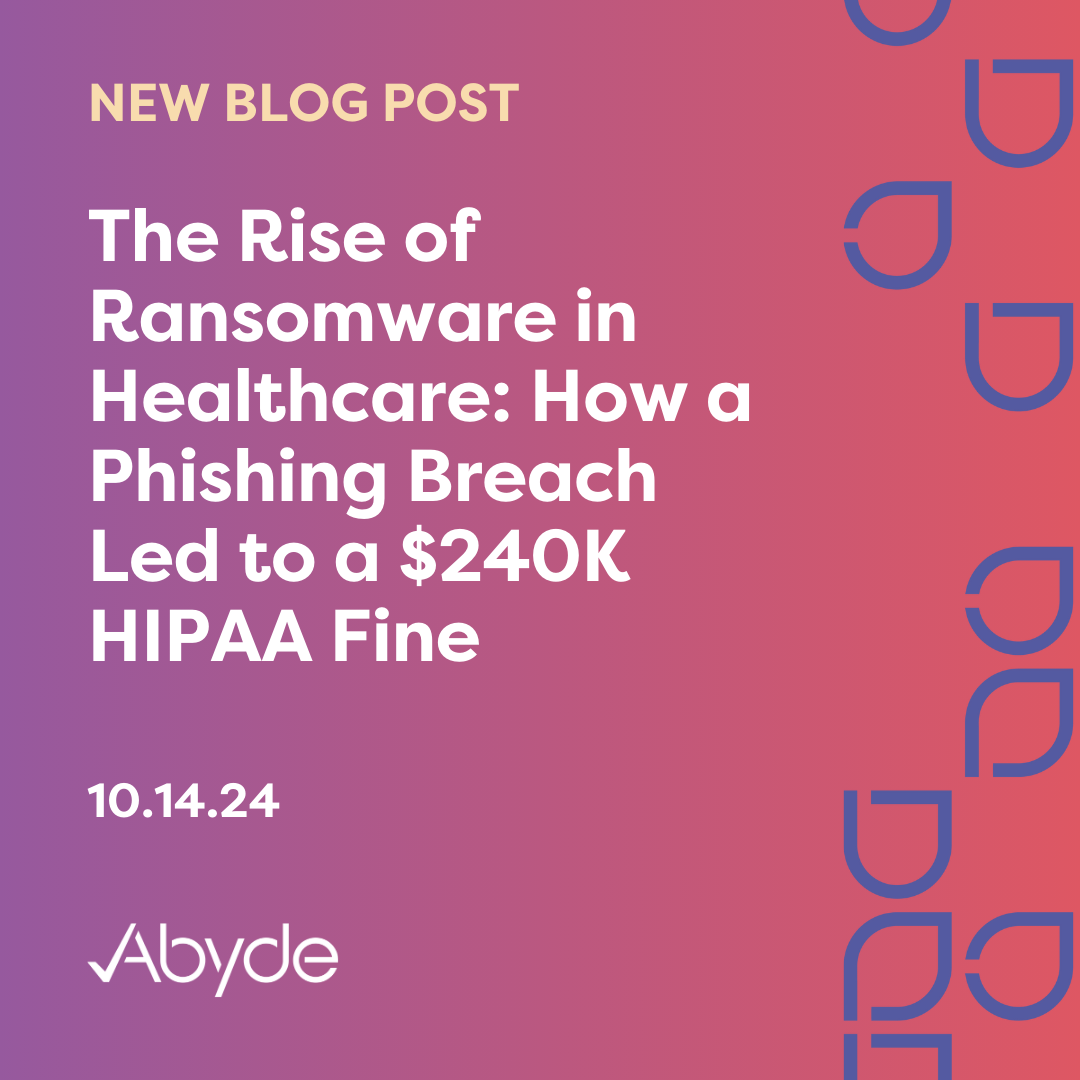
October 14, 2024 Unfortunately, the future of data breaches is ransomware, accounting for nearly two-thirds of data breaches. As ransomware...
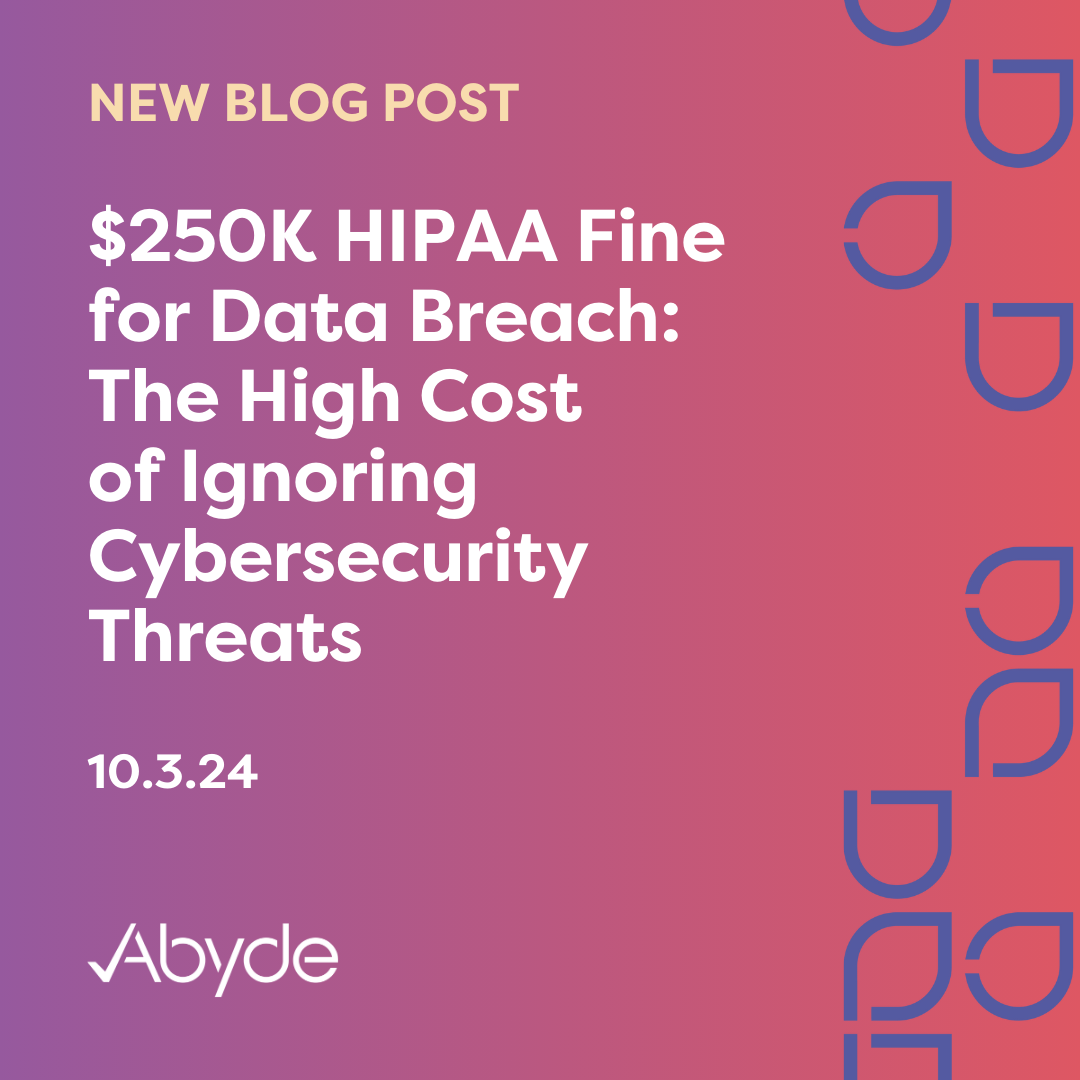
October 3, 2024 Ransomware remains a significant threat to the healthcare industry, causing nearly two-thirds of data breaches. The Office...
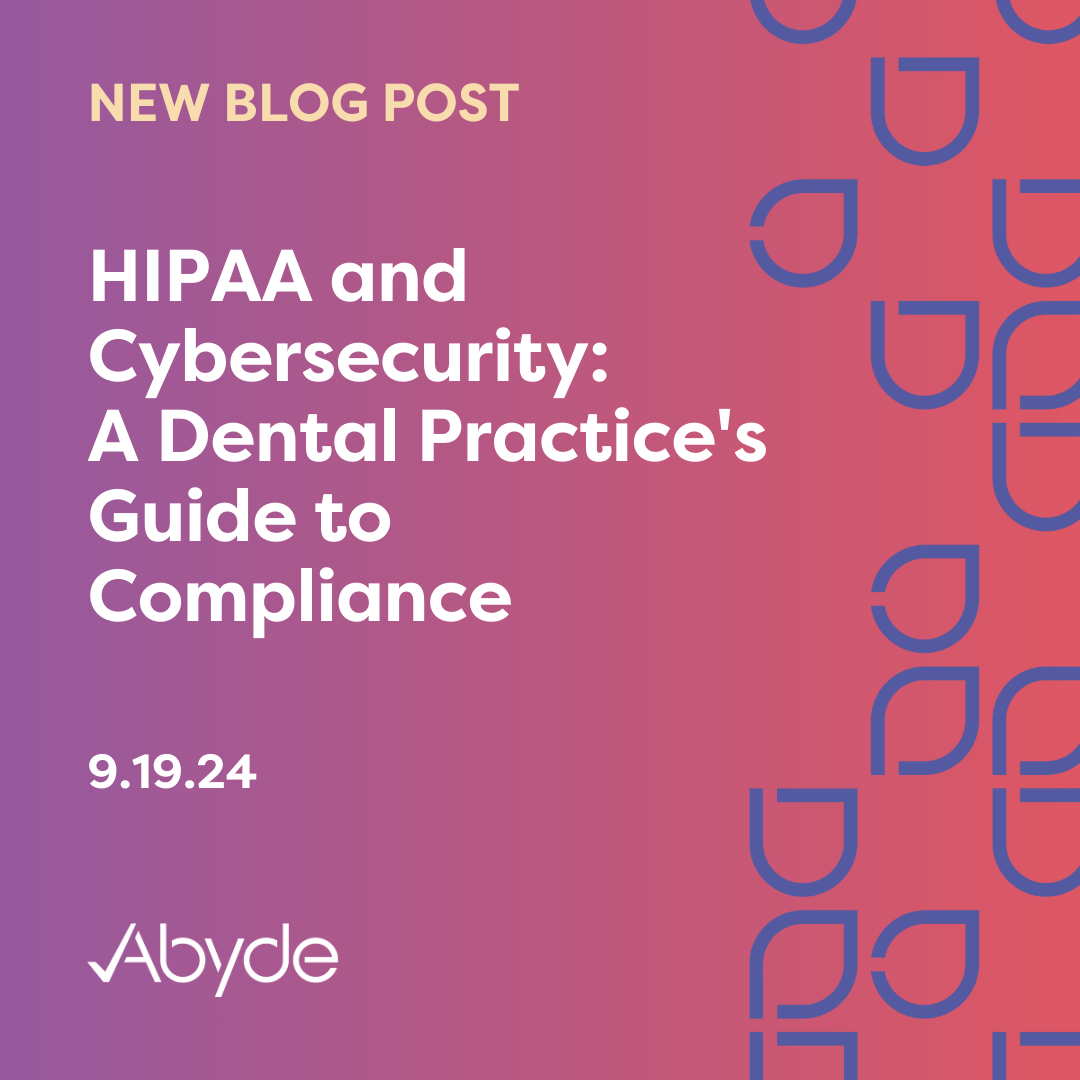
September 19, 2024 Did you know that medical information is one of the most valuable pieces of information for hackers...

September 12, 2024 Picture this: it’s time for your annual HIPAA training. Once you complete all the staff training, you’ll...
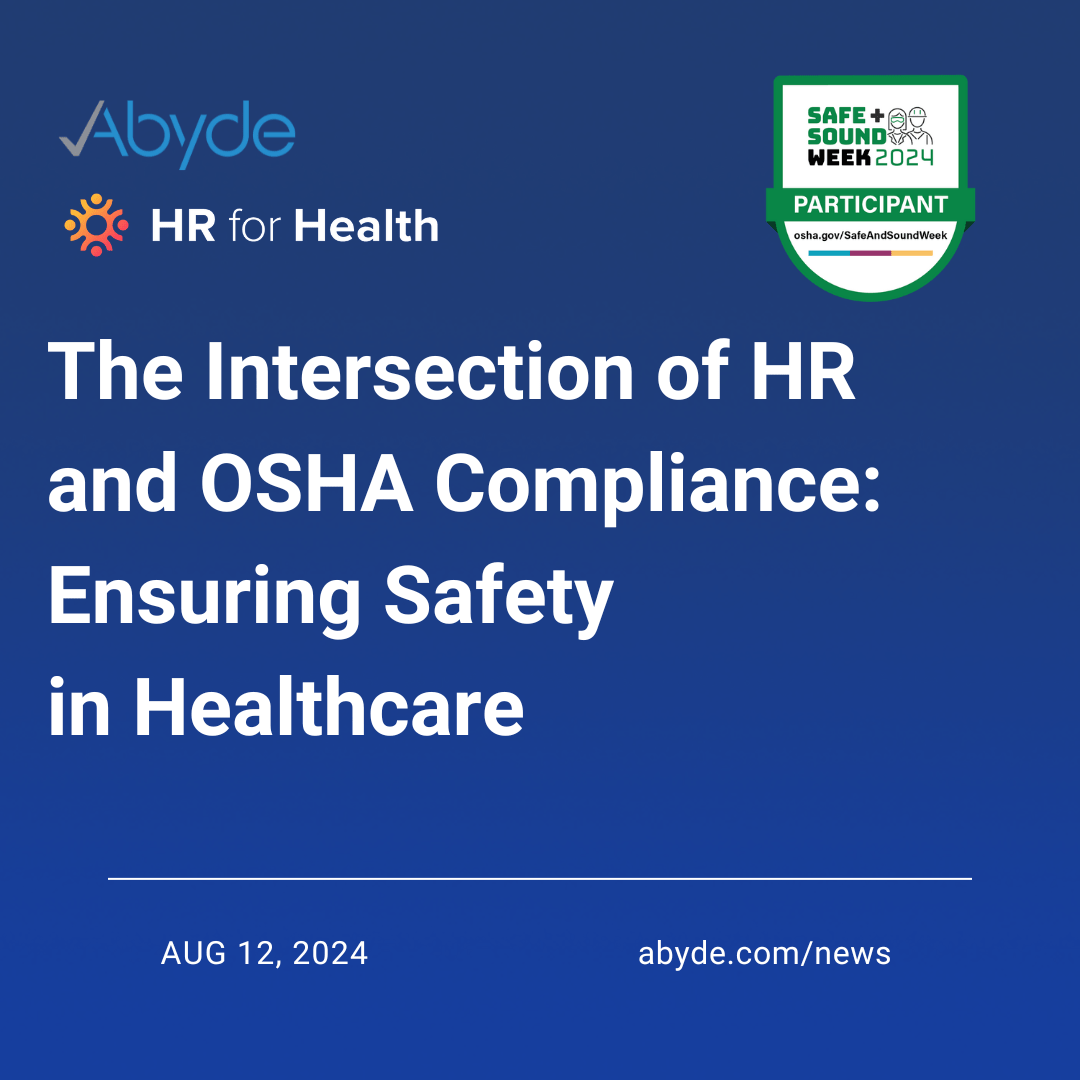
August 12, 2024 This was contributed by HR for Health for OSHA’s Safe + Sound Week At HR for Health,...

August 6, 2024 Did you know the Office for Civil Rights (OCR) has launched a new initiative to ensure proper compliance with...
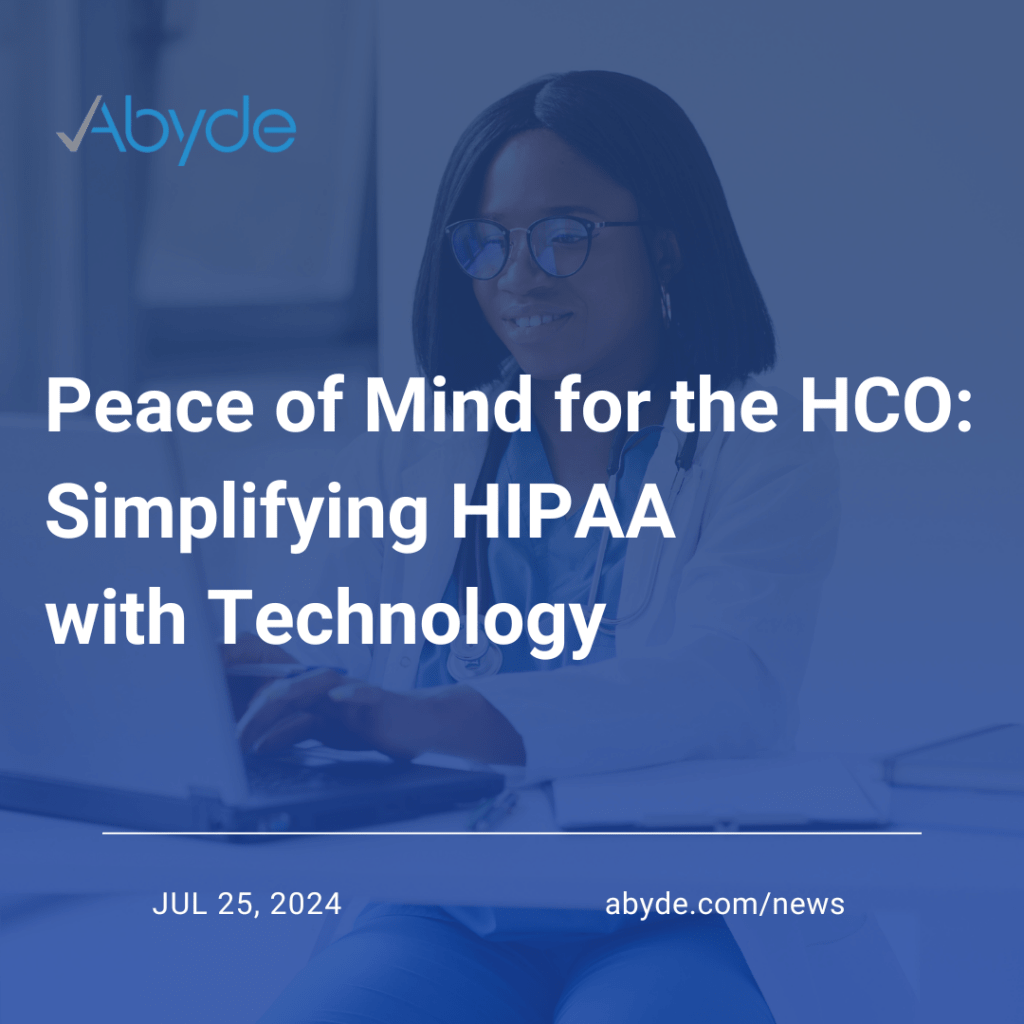
July 25, 2024 Running a small medical practice is a juggling act. Staff wear many hats, and HIPAA compliance often...

July 3, 2024 Did you know that ransomware attacks are becoming increasingly common in healthcare? Since 2018, there has been...
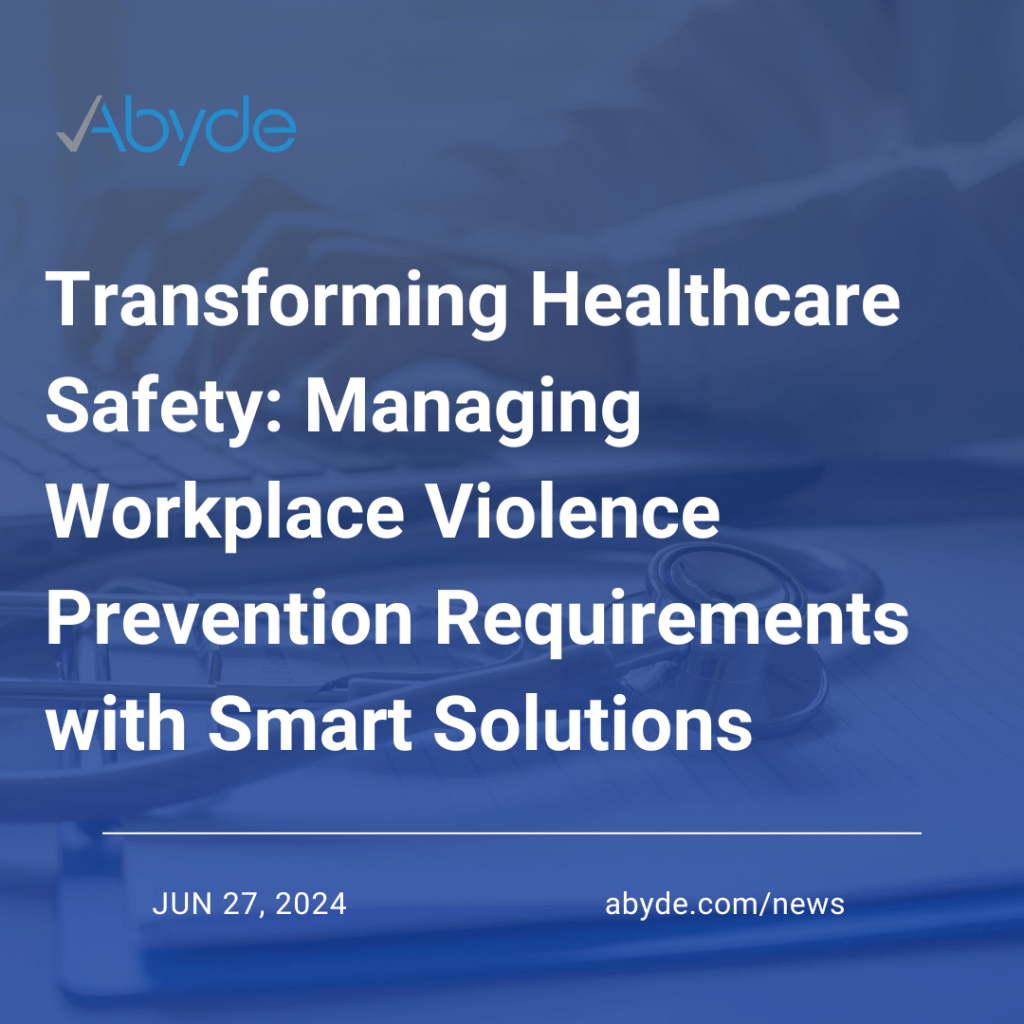
June 27, 2024 Workplace violence, unfortunately, is a highly prevalent experience in healthcare. Shockingly, healthcare workers are five times more likely to...

June 26, 2024 Did you know that as of 2023, less than half of dental offices in the United States are fully...
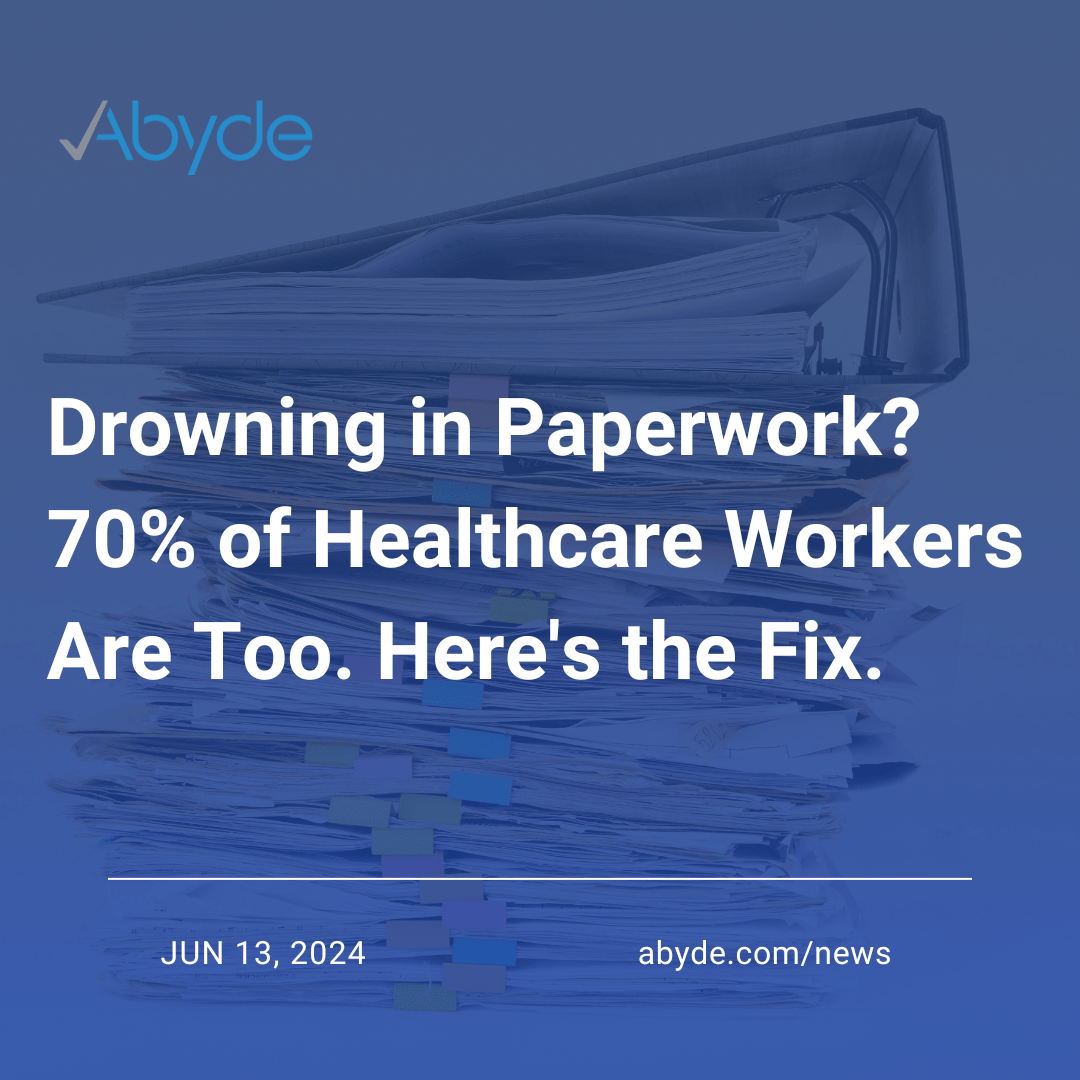
June 13, 2024 Did you know that more than 70% of healthcare workers spend over 10 hours a week on paperwork? When...
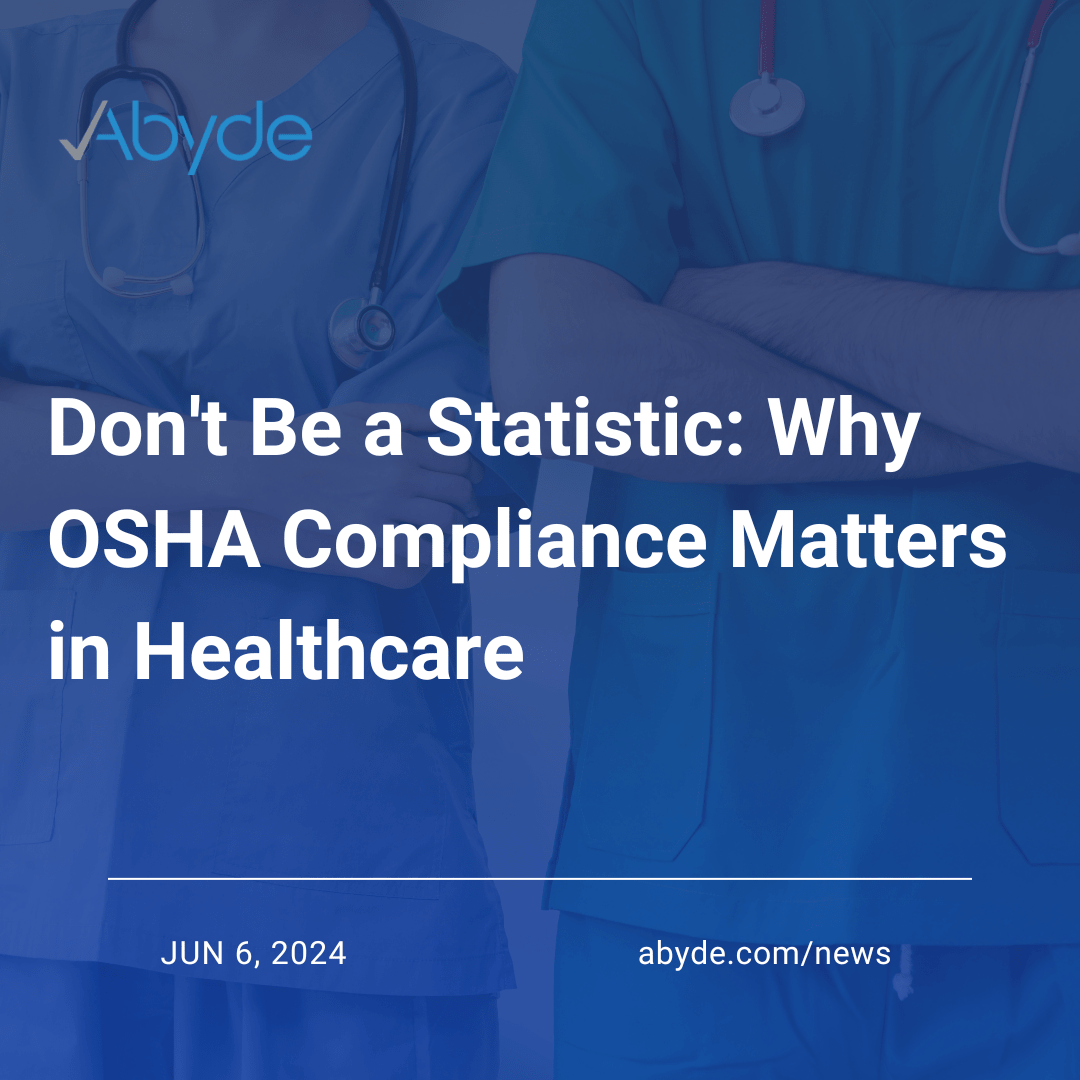
June 6, 2024 Did you know that the healthcare industry has some of the highest rates of illness and injury despite being...

May 31, 2024 Since February, the Change Healthcare ransomware attack has dominated headlines in the medical industry, cited as likely...
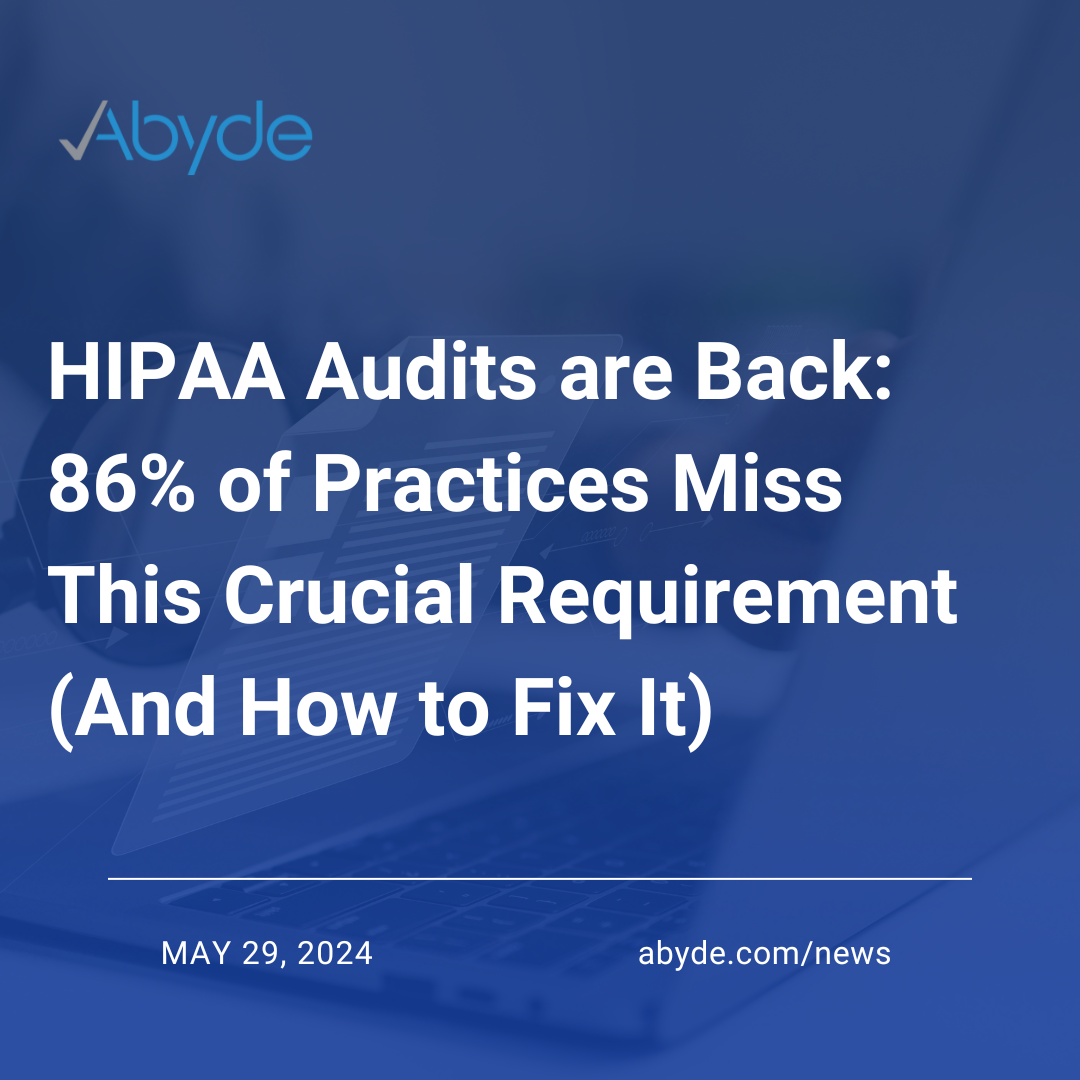
May 29, 2024 The random HIPAA audits are officially back. Melanie Fontes Rainer, Director of the Office for Civil Rights...

May 23, 2024 Secure documentation is essential in any industry. However, in healthcare, there’s even more on the line. Ensuring...

May 21, 2024 As a healthcare provider, staying updated on evolving regulations is crucial to protecting your practice, its reputation,...
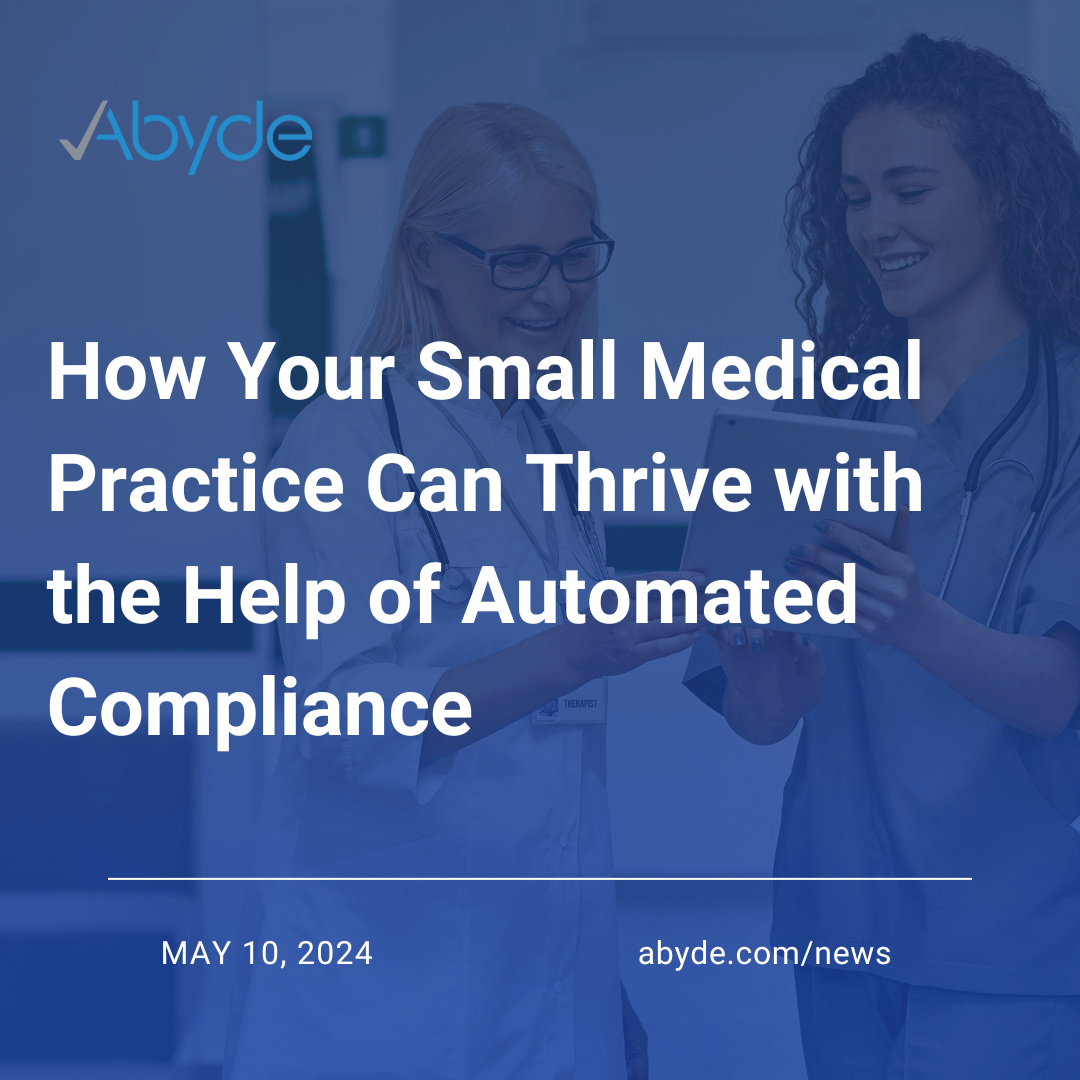
May 10, 2024 We’re celebrating National Small Business Day by highlighting some of the hardest-working individuals in the industry who...
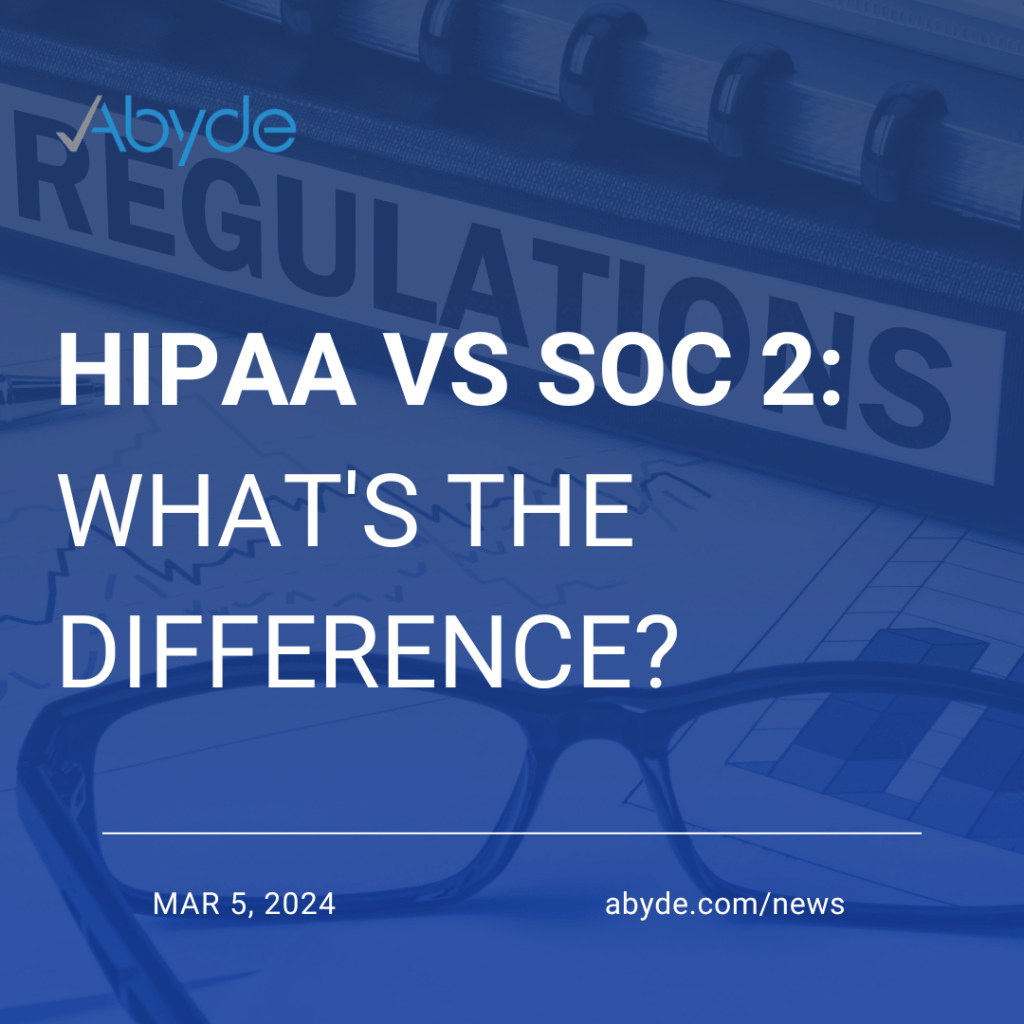
Students must be equipped with the skills to navigate the digital world effectively, including using computers.
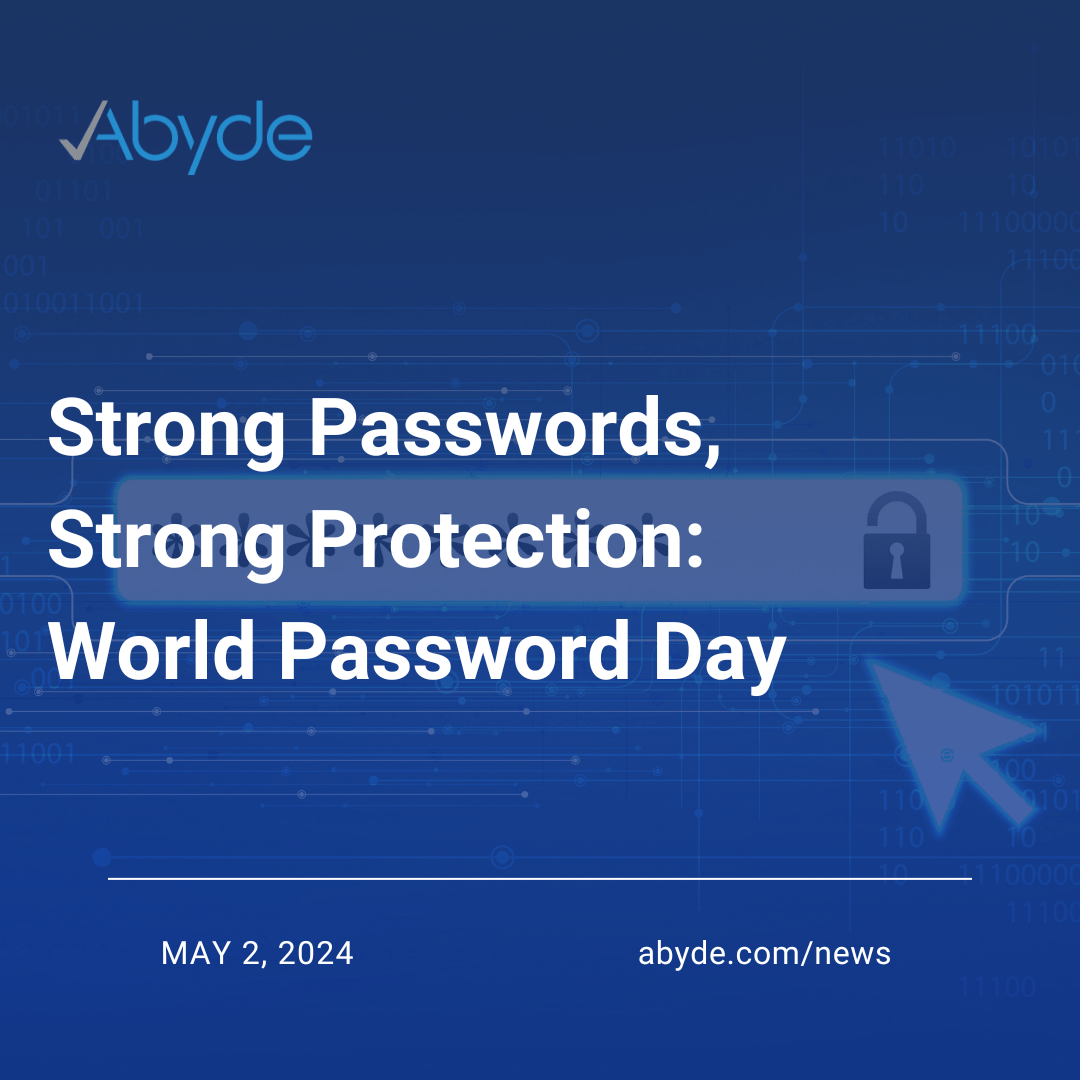
May 2, 2024 Happy World Password Day! To celebrate, let’s refresh your password etiquette. With the most recent updates on the...

May 1, 2024 Over the last several months, your friends at Abyde have kept you updated on the latest in...

April 30, 2024 Going viral in healthcare has a much more serious meaning than in marketing. Marketing in healthcare is essential. You...

April 29, 2024 At Abyde, it’s clear that we eat, live, and breathe HIPAA. Let’s take a trip down memory...
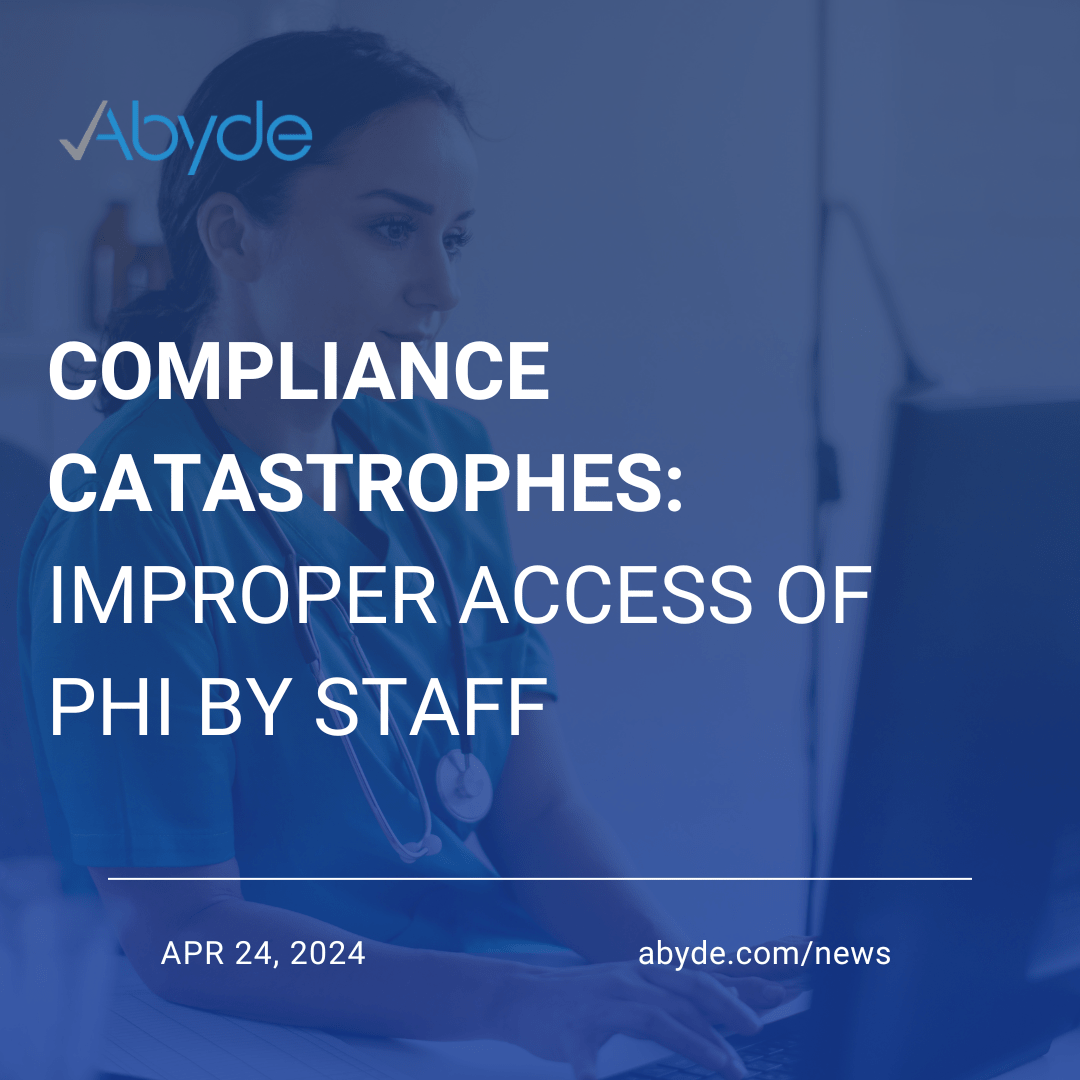
April 24, 2024 It’s hump day! As we get through this middle bump of the week, we’re still rolling our...

April 23, 2024 Welcome back to another blog on Compliance Catastrophes: real-ish world examples of nightmare scenarios! We’re going through...

April 22, 2024 Good morning! We hope we can cheer up your Monday blues with the announcement of our new...
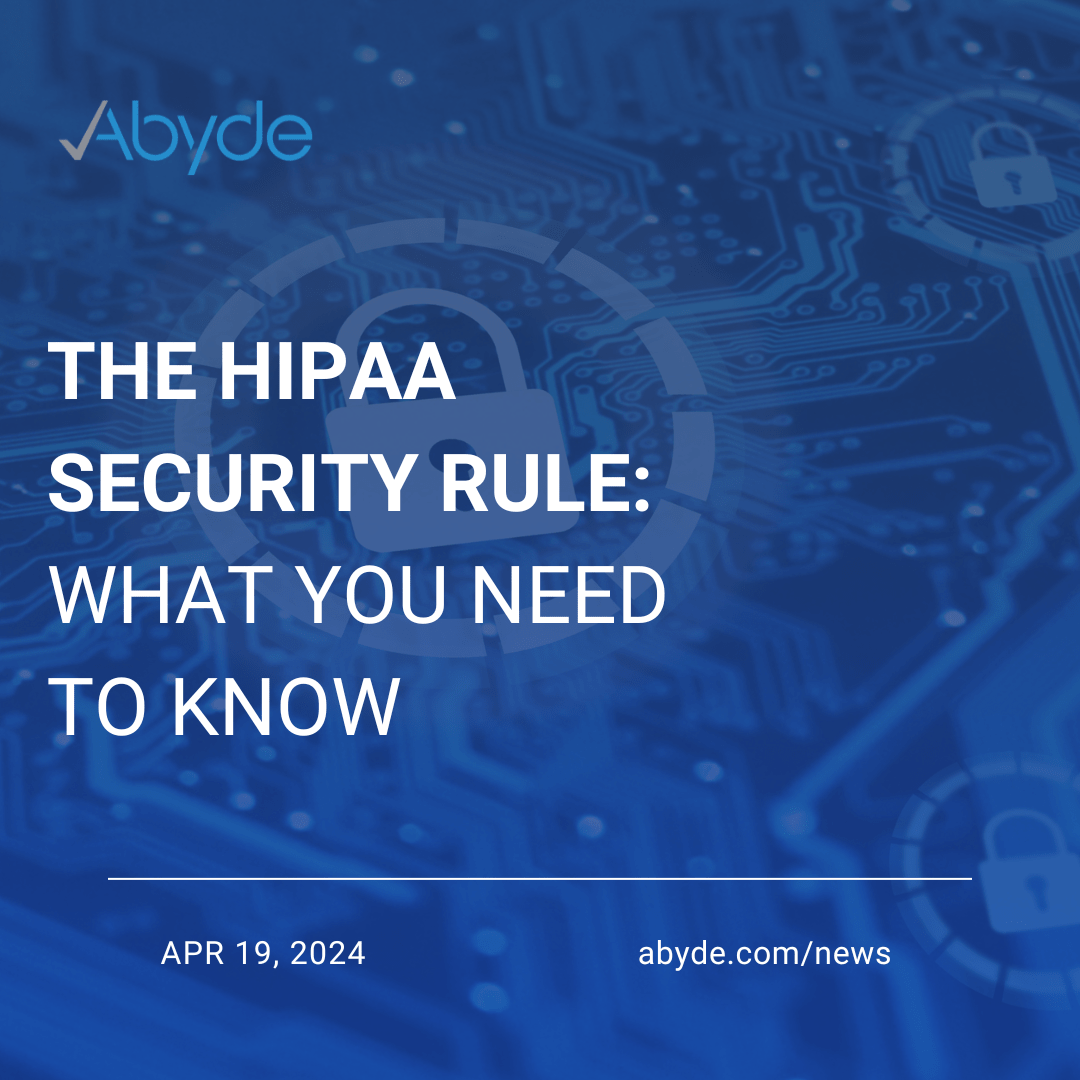
April 19, 2024 This week, we’ve gone through what makes HIPAA, well, HIPAA. HIPAA, or the Health Insurance Portability and Accountability Act...

April 18, 2024 Healthcare records can be pretty personal. That’s why it only makes sense that this Protected Health Information...
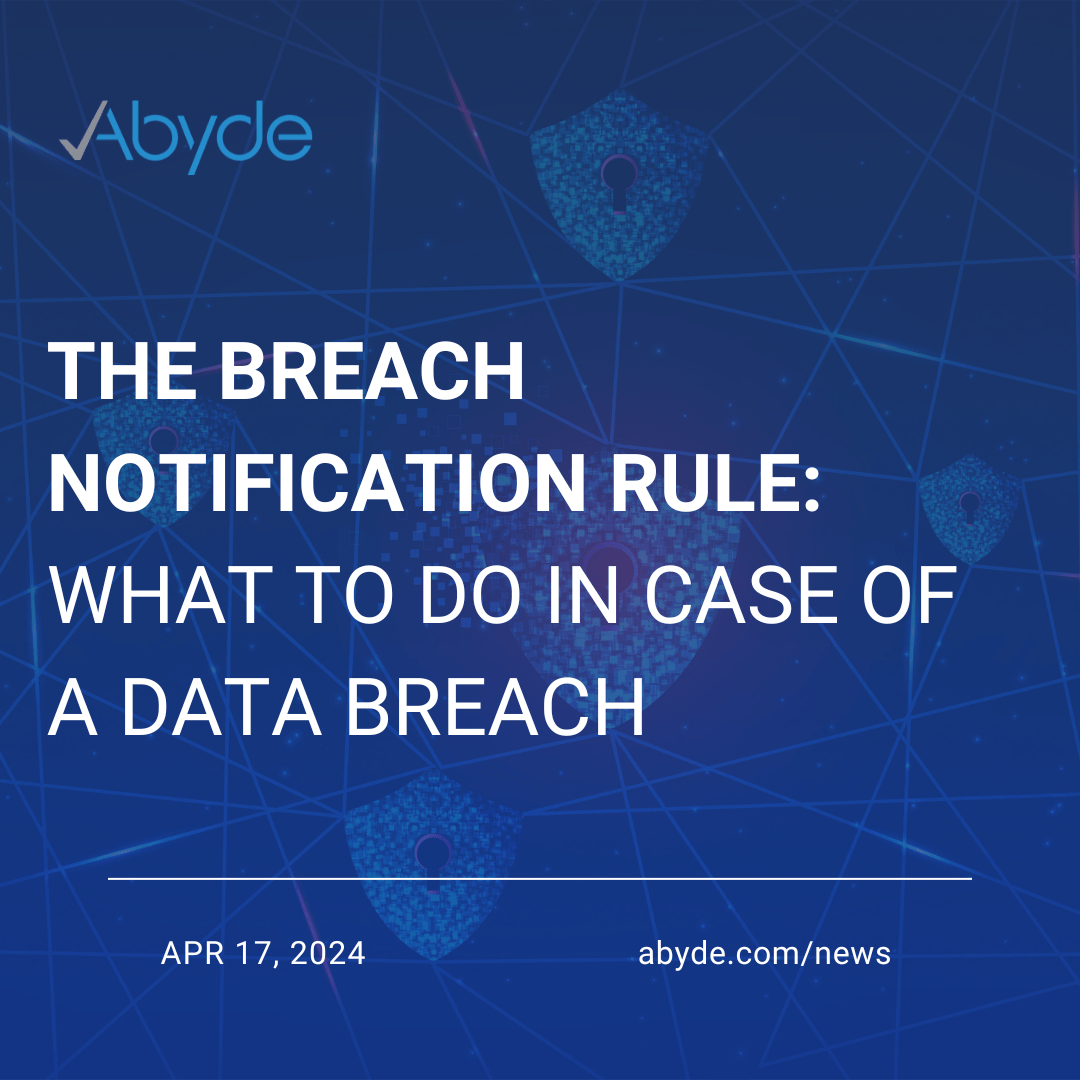
April 17, 2024 Imagine this: it’s a quiet Wednesday morning at the practice. As you’re watching the clock tick criminally slow to lunch...

April 16, 2024 Happy Toothsday! Okay, okay, yes, we know that was bad. Regardless, we hope you’re having a lovely beginning...

April 15, 2024 Hi everyone! We hope you had a nice weekend! We’re starting this week with a heavier, but...
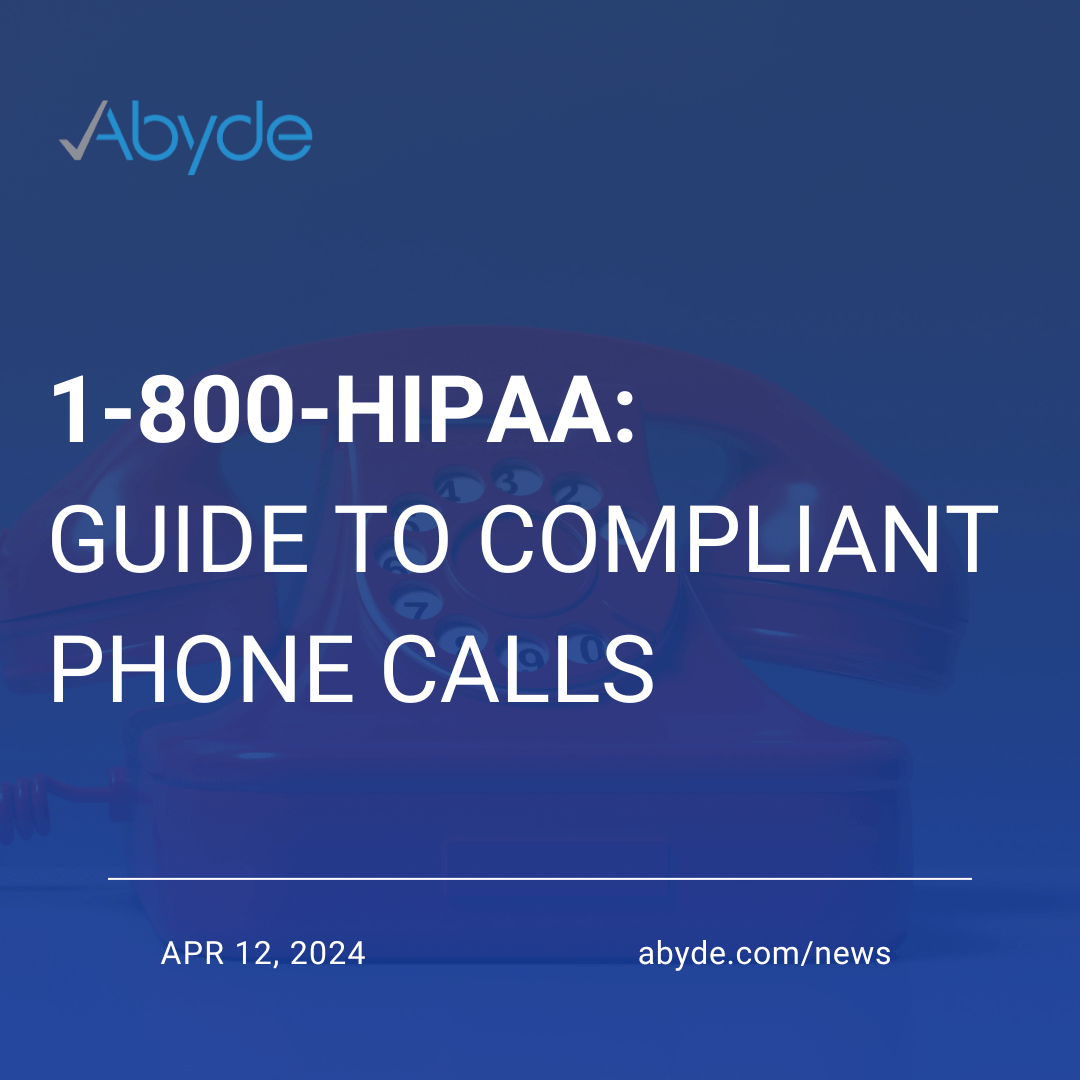
April 12, 2024 Brrring Brrring Brring! It’s your friends from Abyde calling! Pick up! We have some worthwhile tips and tricks...

April 11, 2024 Now, when you work in healthcare, you’re not only responsible for the care of patients but also...

April 10, 2024 It’s hard not to marvel at the updates in technology. Maybe it’s not exactly what we expected...
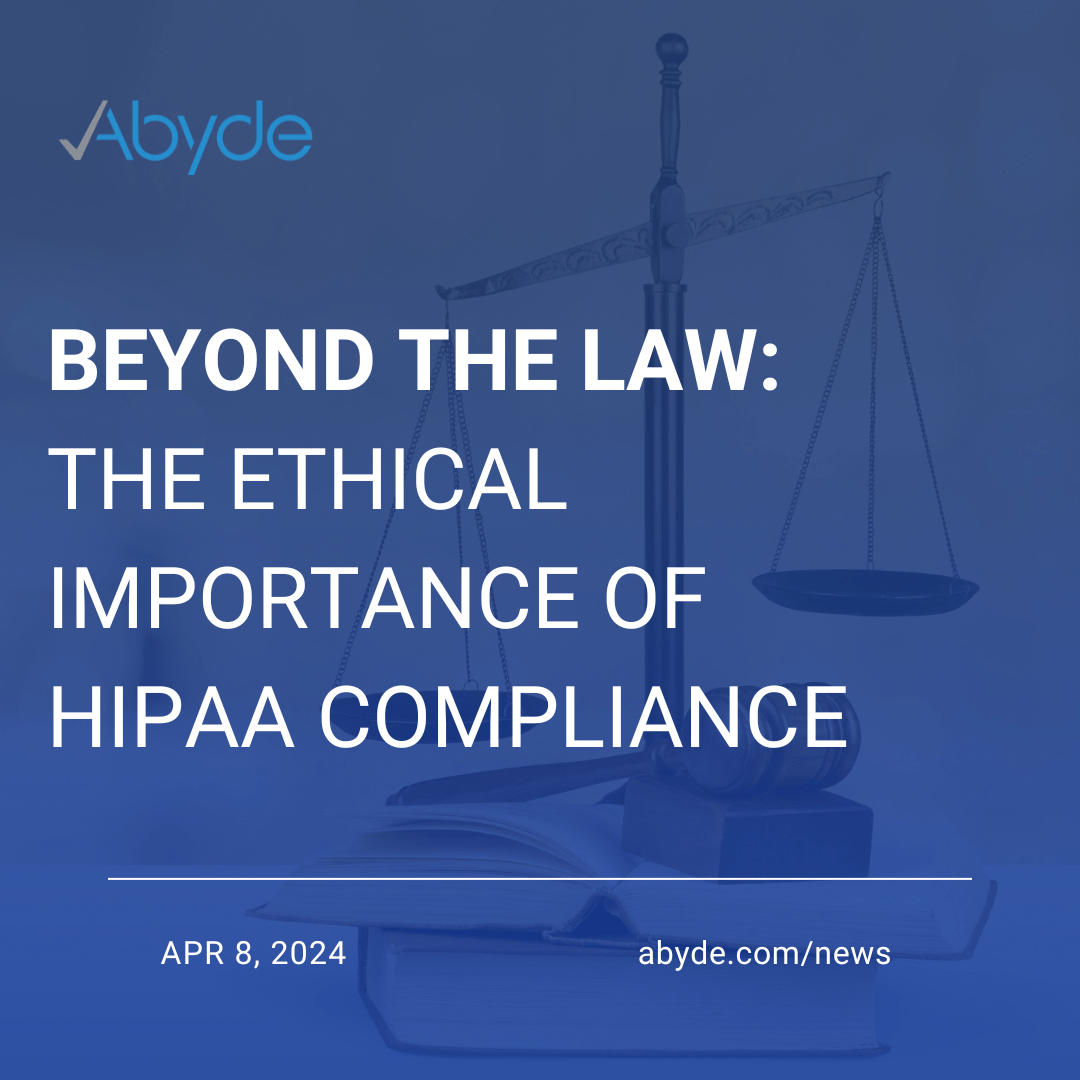
April 8, 2024 It’s Monday! Here’s to the beginning of another awesome week of taking care of patients or running...
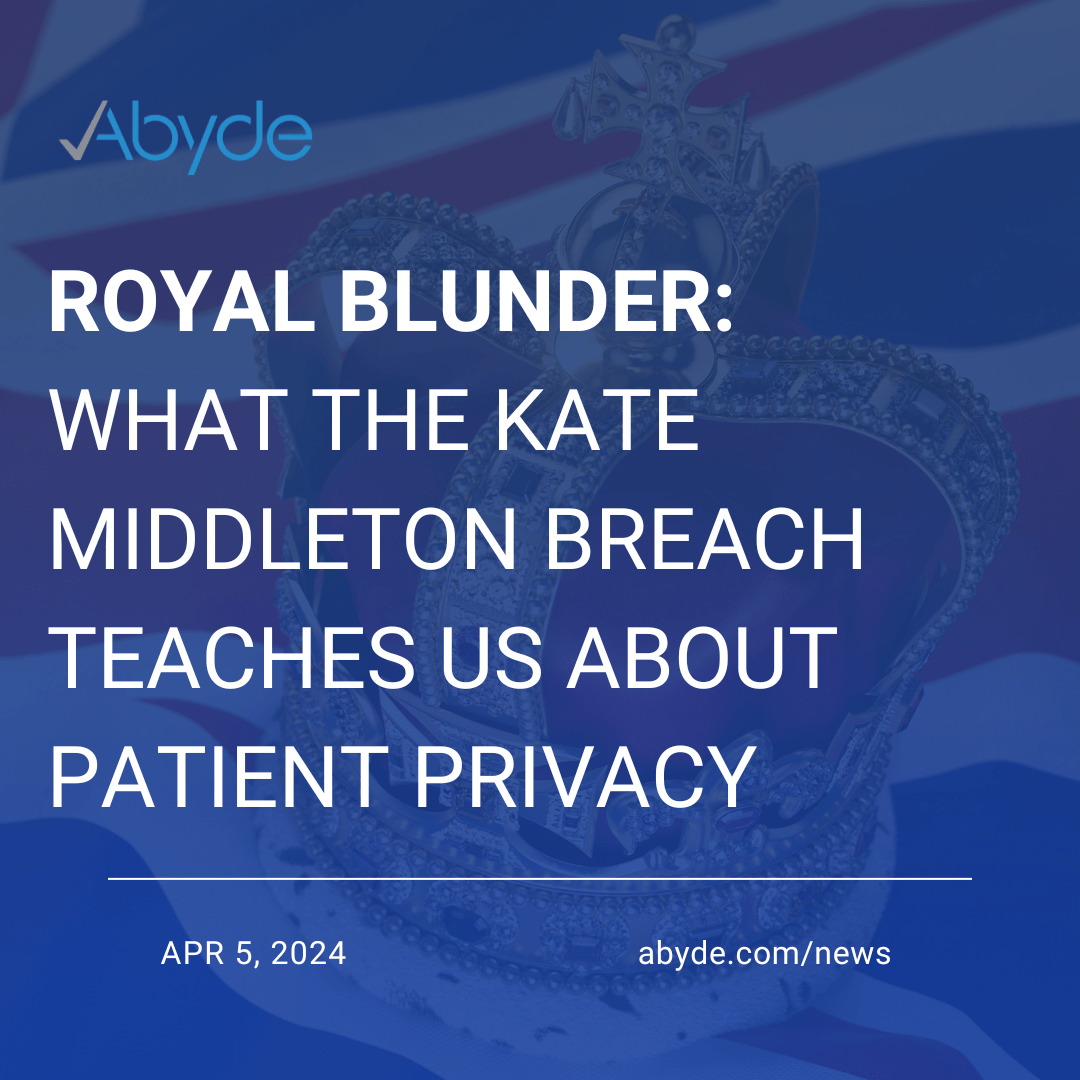
April 5, 2024 Today, we’re talking about some international news. Once again, get your passport ready, because we’re taking a...

April 4, 2024 Today, we’re talking about our friends across the pond – Europe. HIPAA, or the Health Insurance Portability...
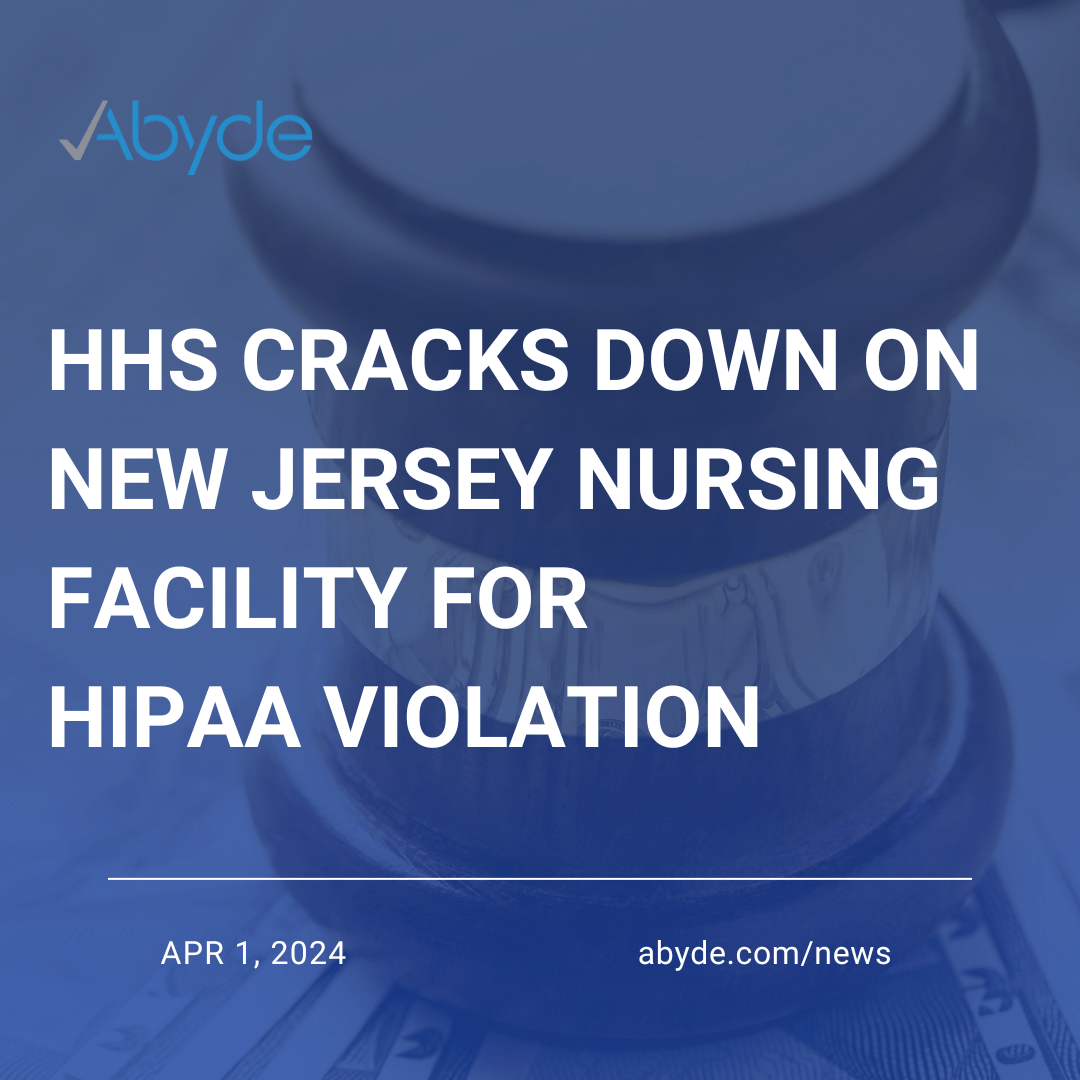
April 1, 2024 The U.S. Department of Health and Human Services (HHS) has imposed a civil monetary penalty of $100,000 on Hackensack...
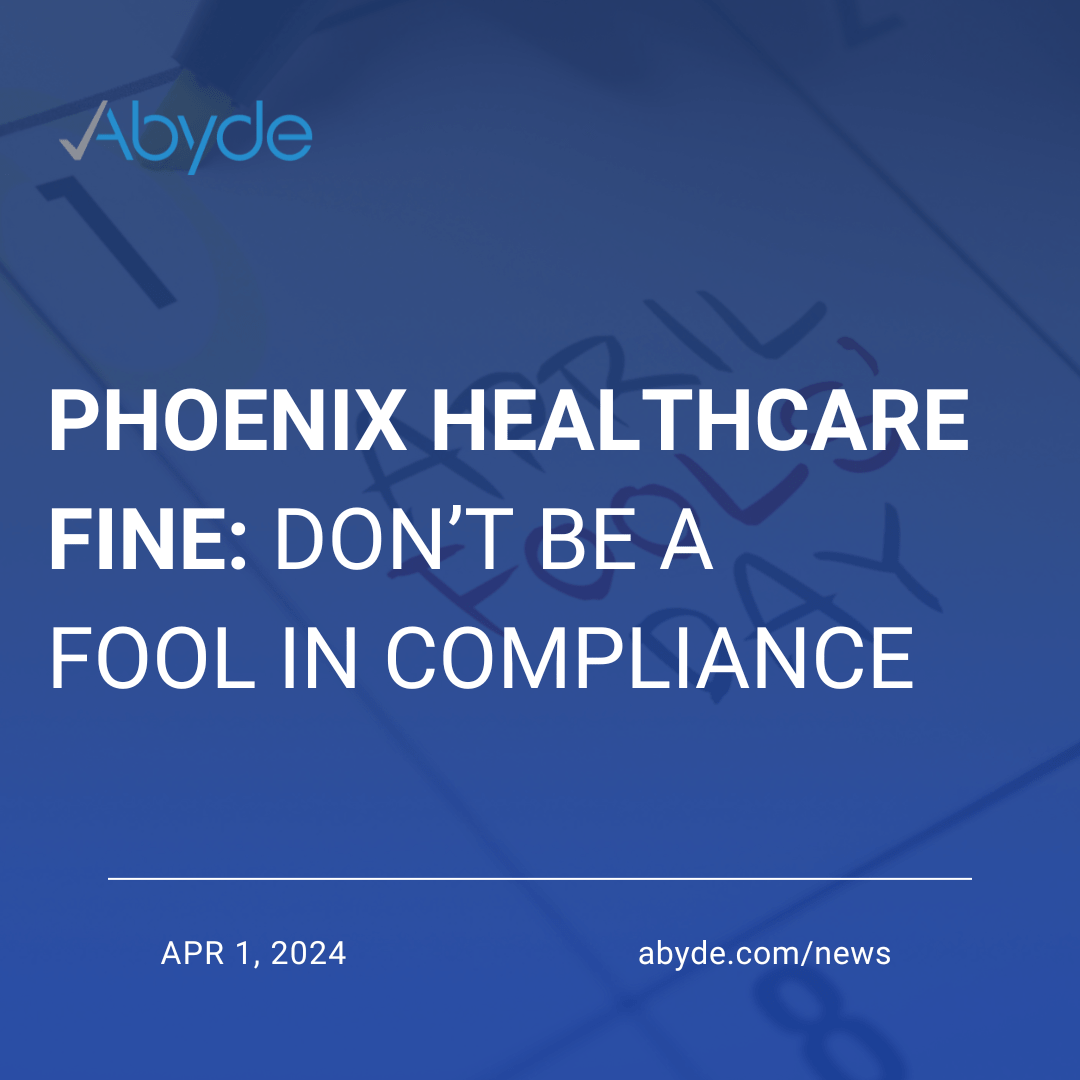
April 1, 2024 Happy April Fools Day! We hope you’re enjoying the holiday with some lighthearted fun and pranks! Now,...

March 29, 2024 Happy Friday! Cheers to another work week conquered. When at work, we all deserve to feel safe...

March 28, 2024 Want to know what’s up with bloodborne pathogens? Well, you’ve come to the right place. In honor...

March 27, 2024 OUCH! Getting pricked by a needle or a sharp object never feels good, especially when you work...

March 26, 2024 A long time ago in a galaxy far far away… Okay, maybe the history of OSHA might...

March 25, 2024 Happy Monday! For many of us, this is the start of another busy week. For our awesome...

March 22, 2024 Is it over already? But, we’ve been having so much! If you’re not aware, this past week,...

March 21, 2024 Let’s go! Day number four of Feature Week. We hope you’ve stayed tuned as we go over...
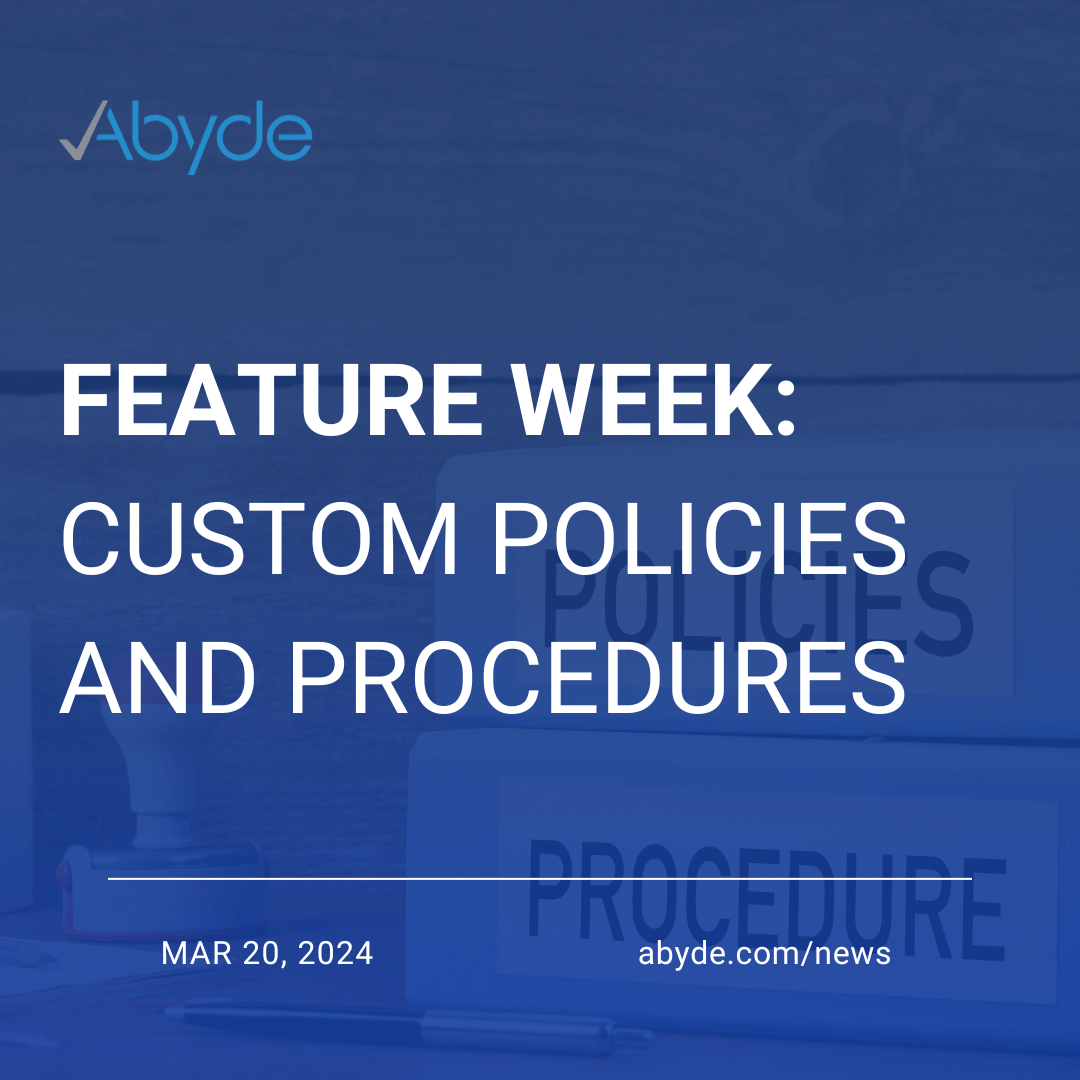
March 20, 2024 Wait. Hold up. Are we already halfway through our Feature Week? For those unfamiliar, we’re taking this...

March 19, 2024 Welcome to Feature Week! Whether you stayed tuned from last week, or are a first-time reader, we...
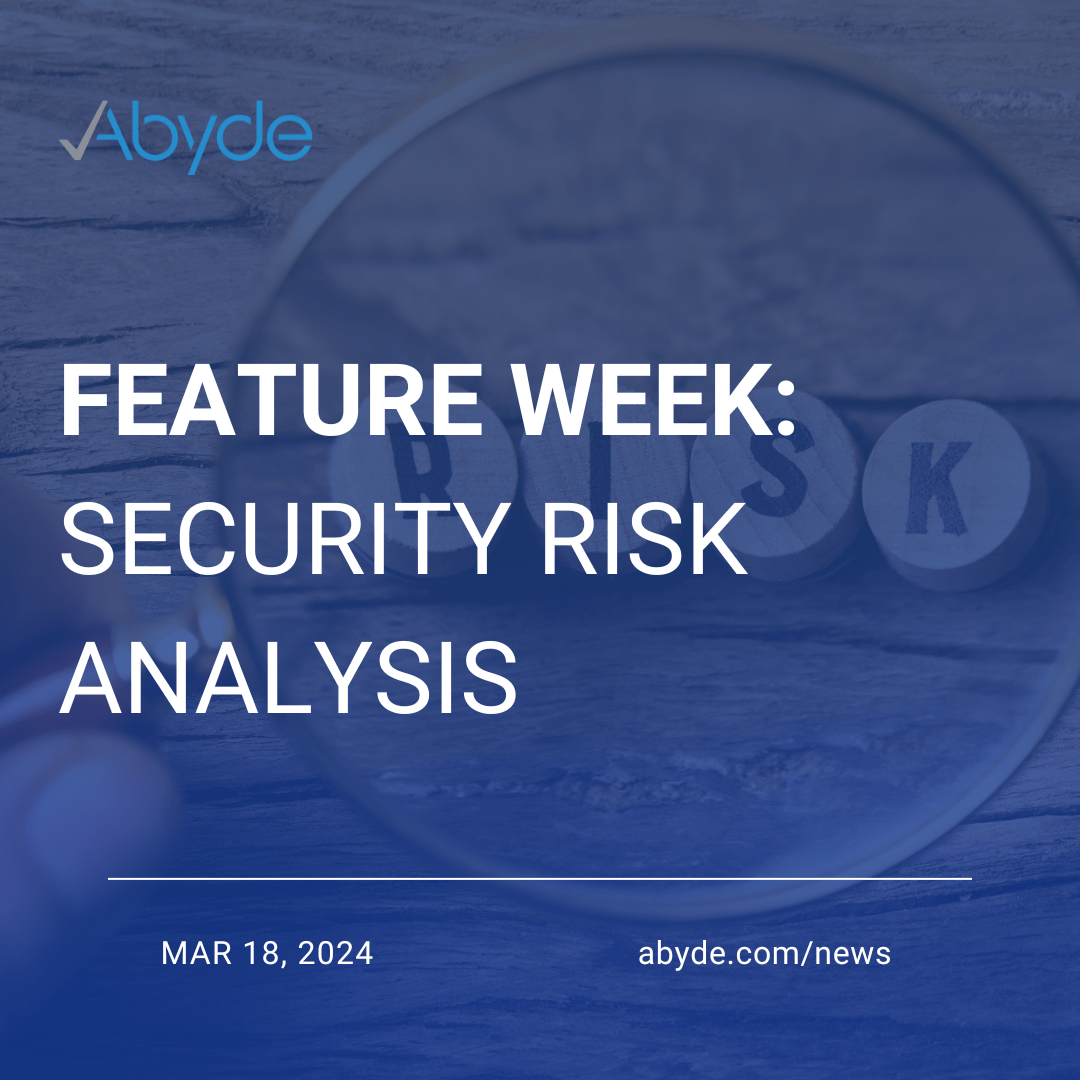
March 18, 2024 For some, this might be Spring Break, but we have something even more exciting planned: Feature Week!...
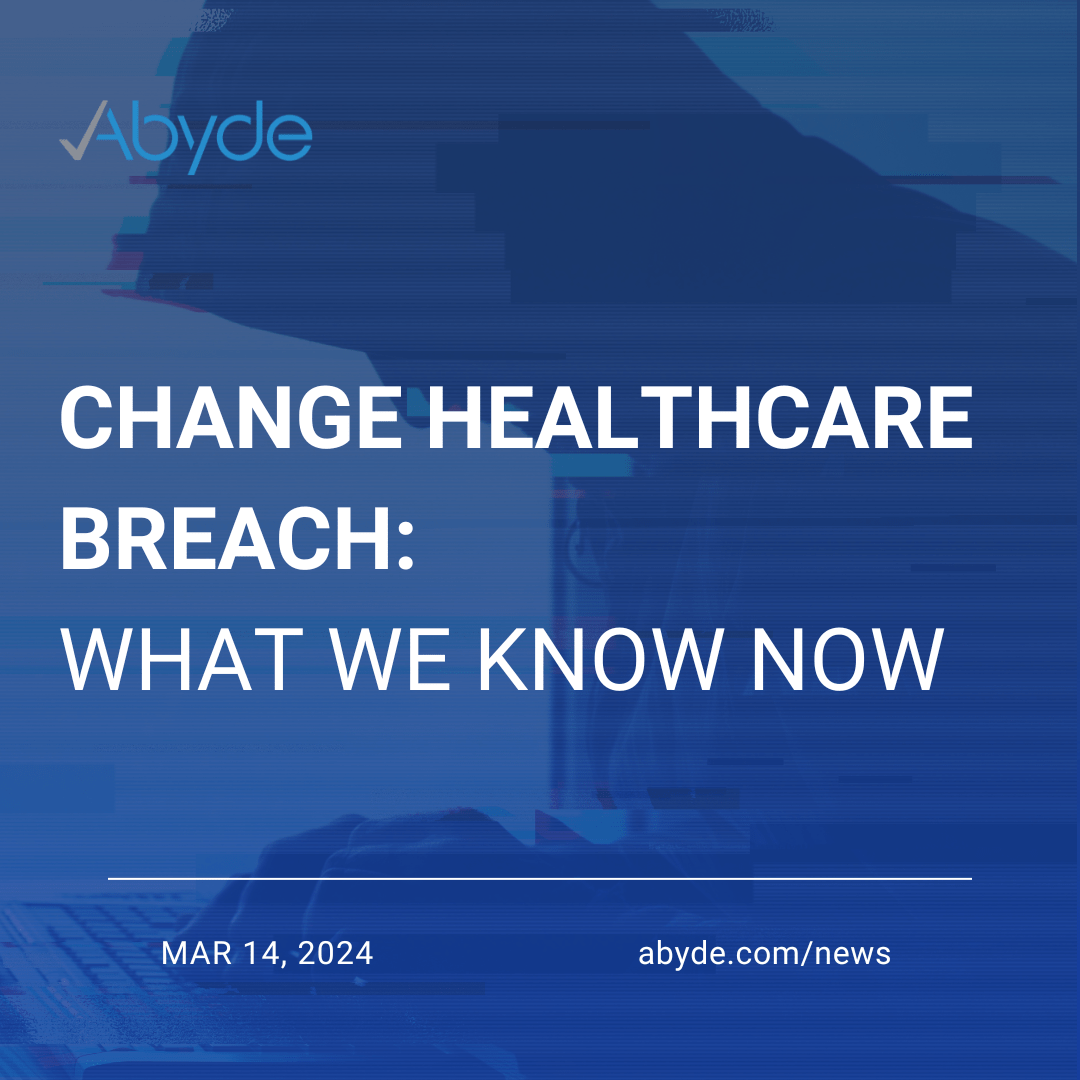
March 14, 2024 BREAKING NEWS! Your friends at Abyde are right back at you with an update on the Change Healthcare...